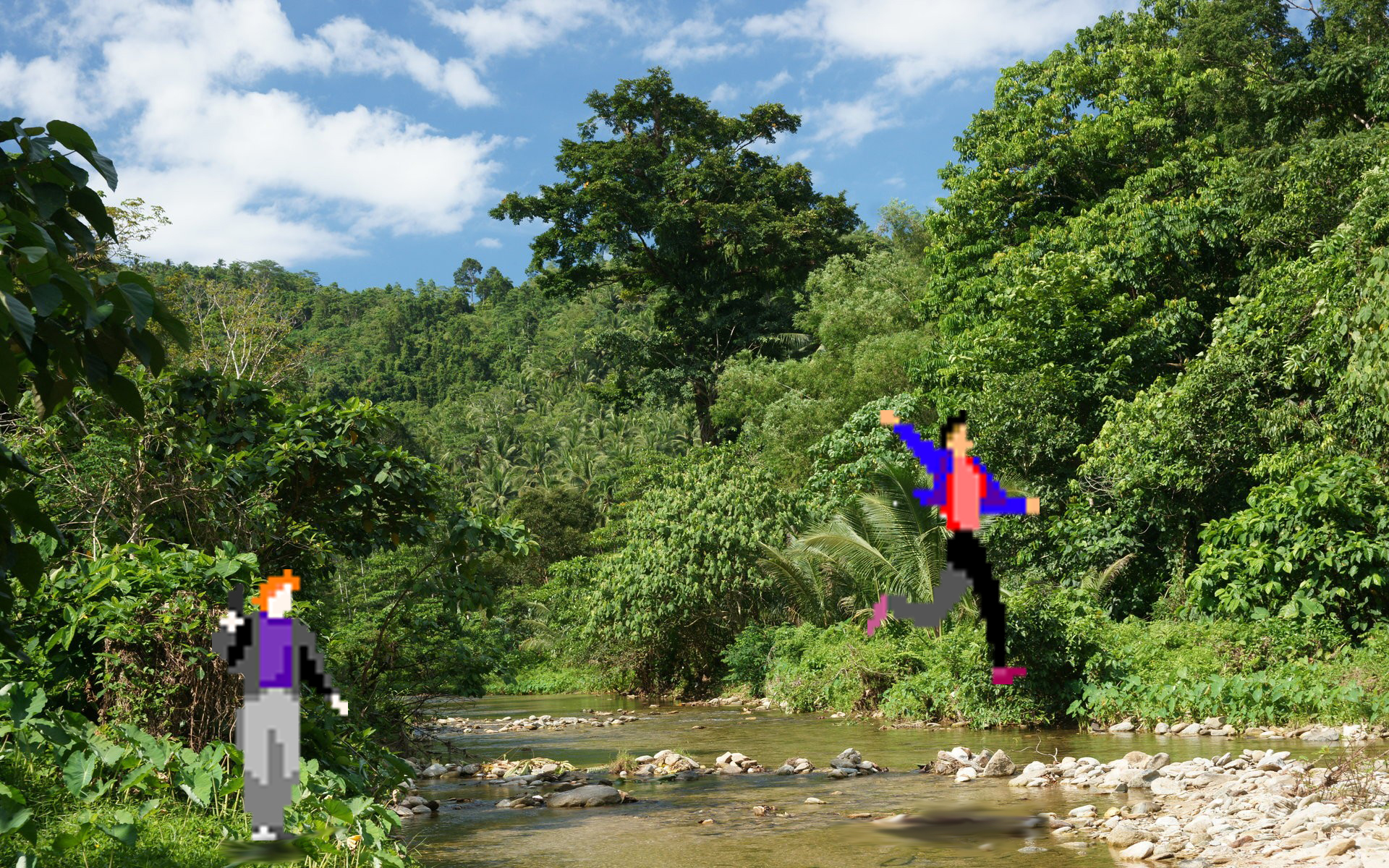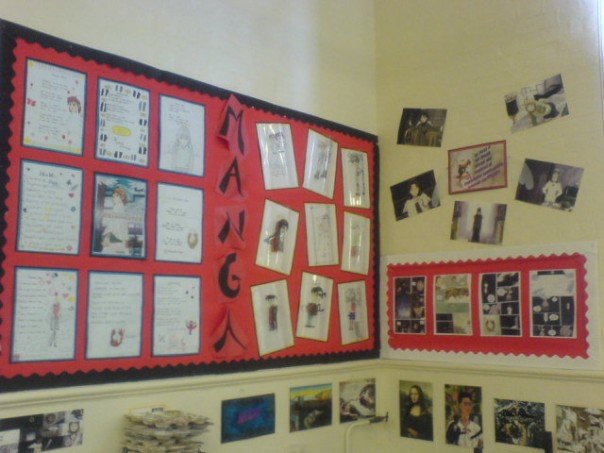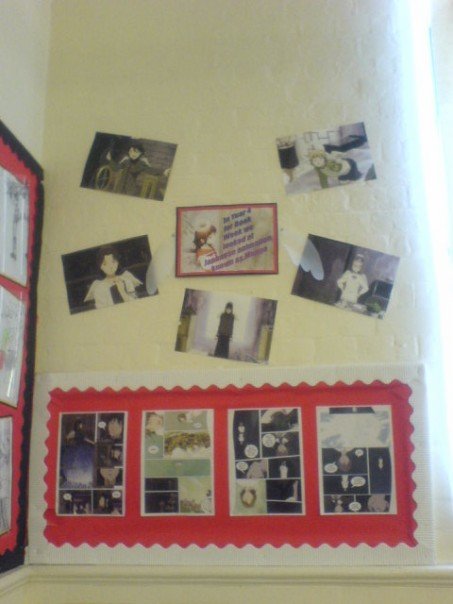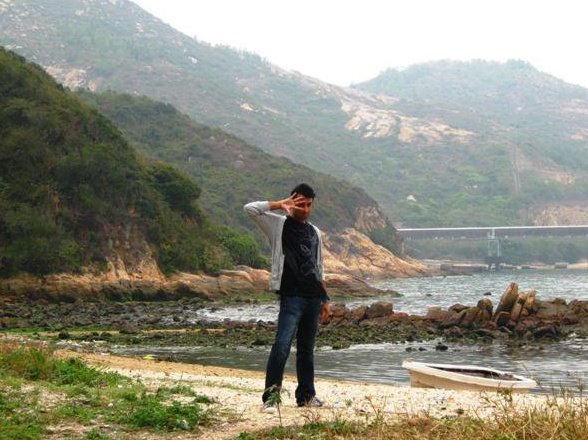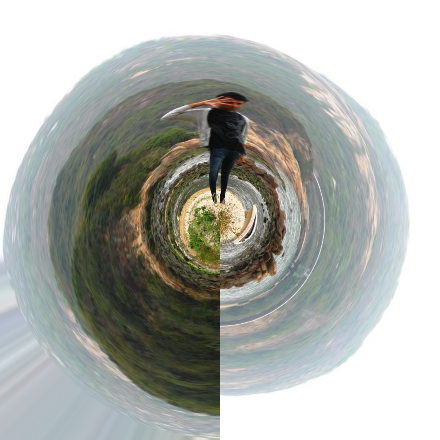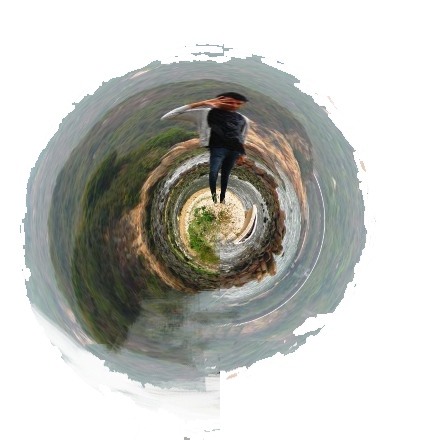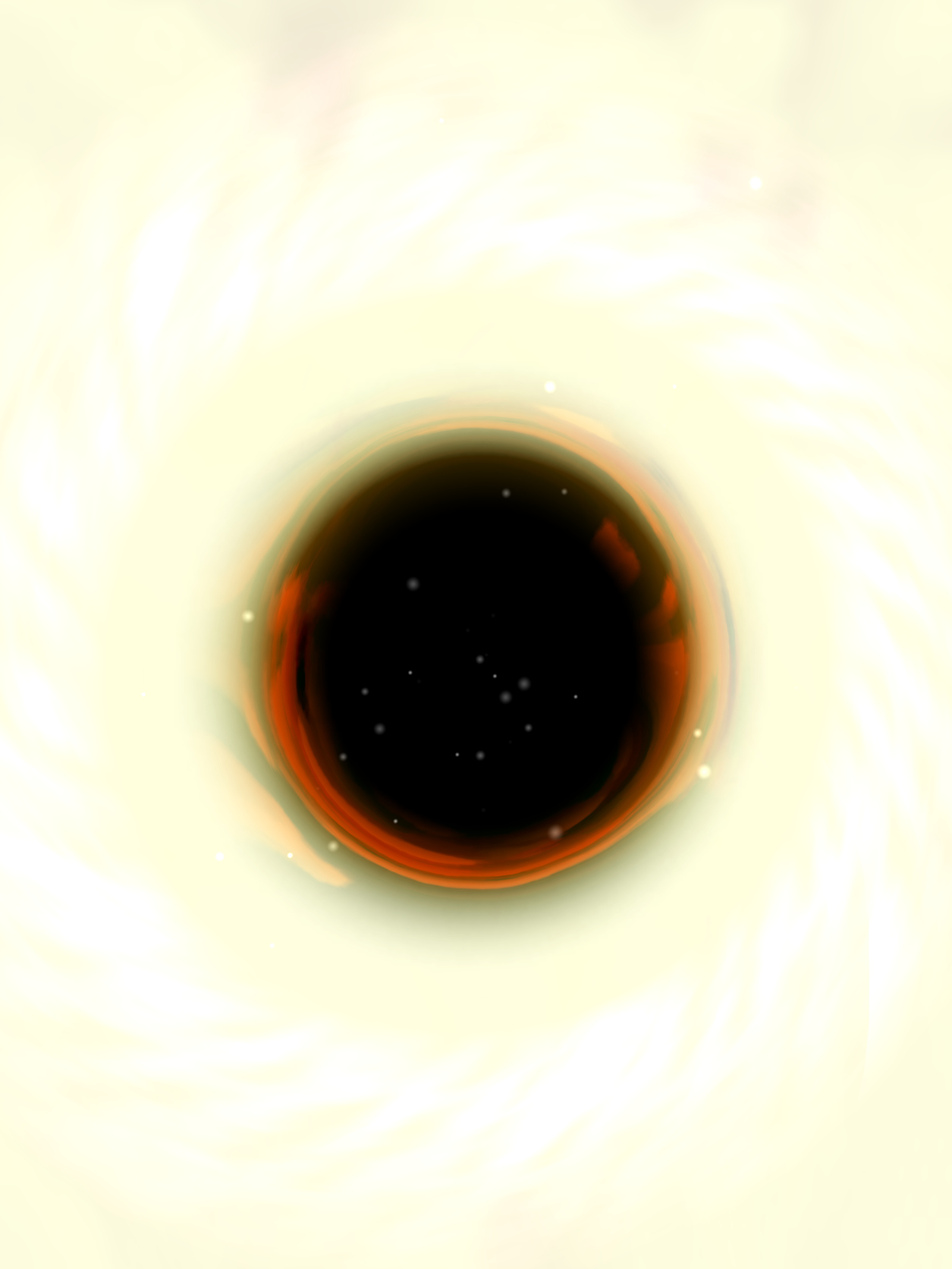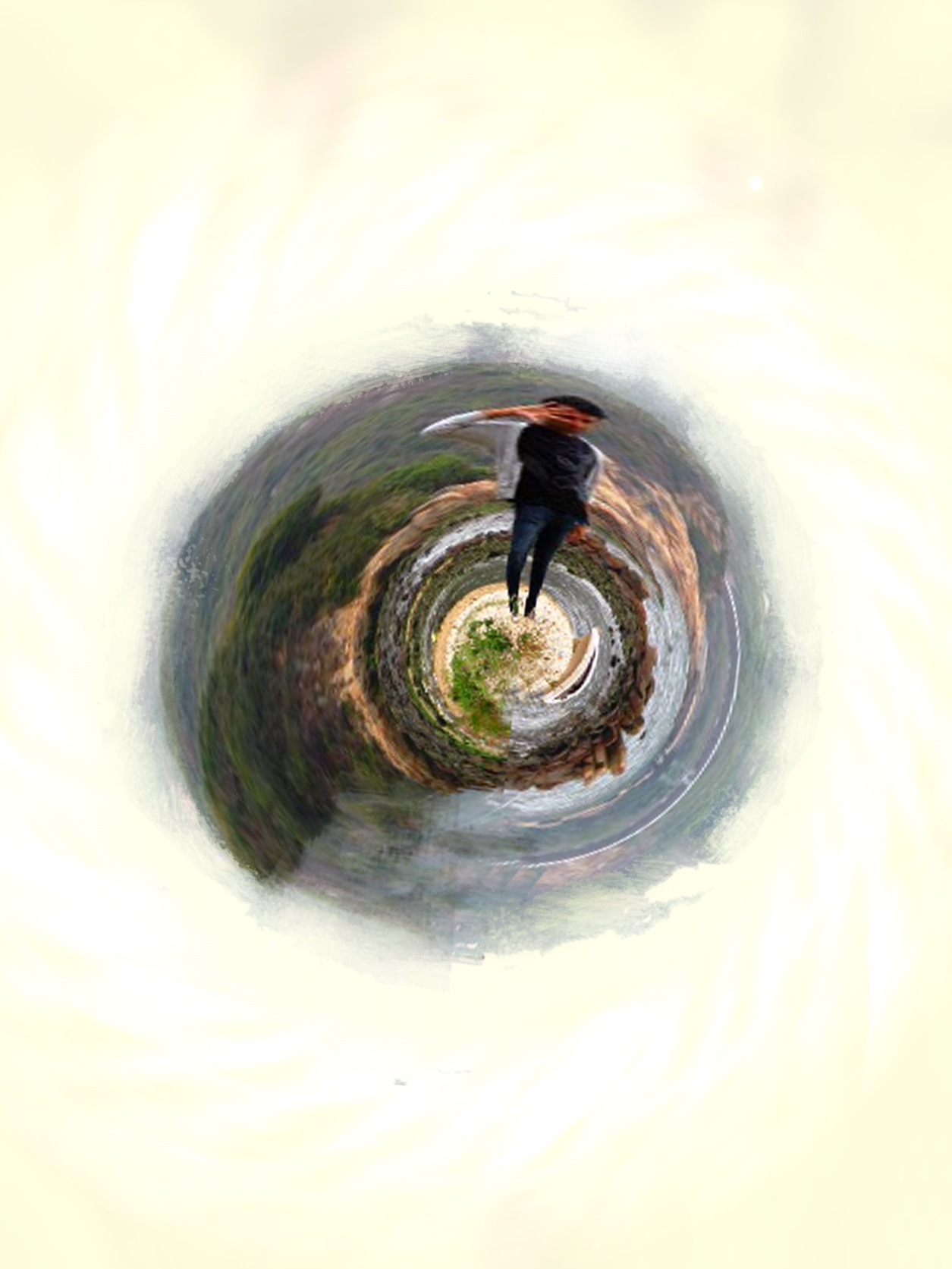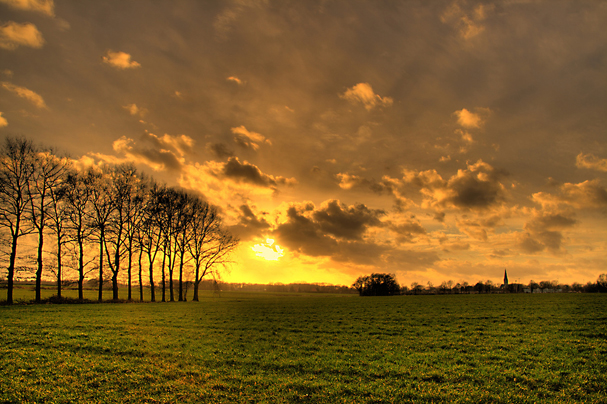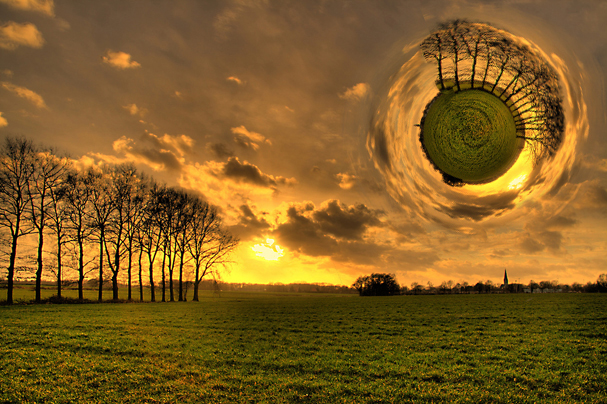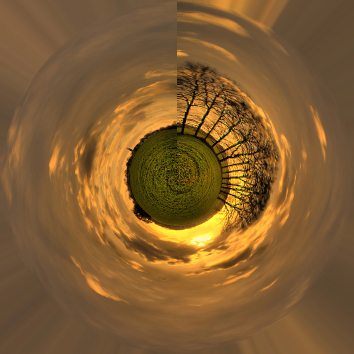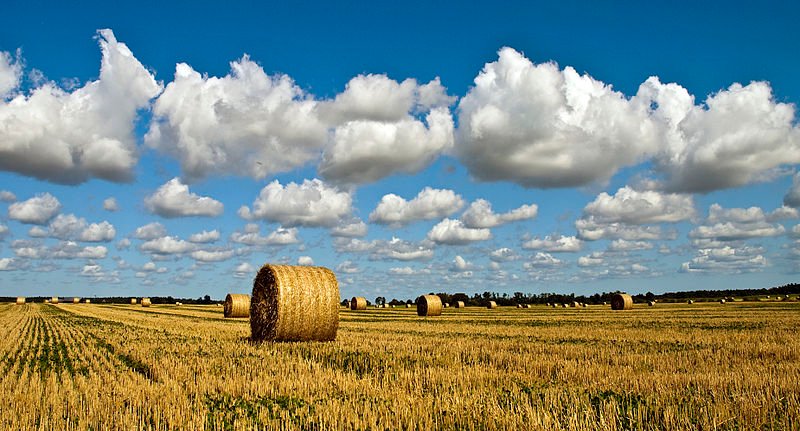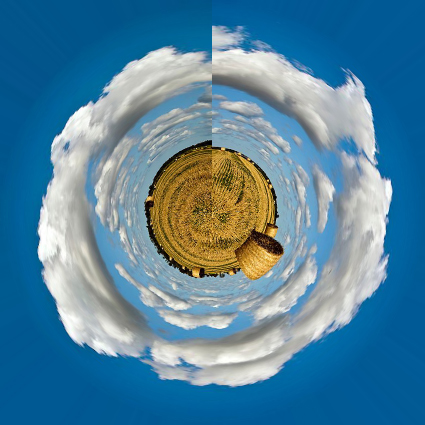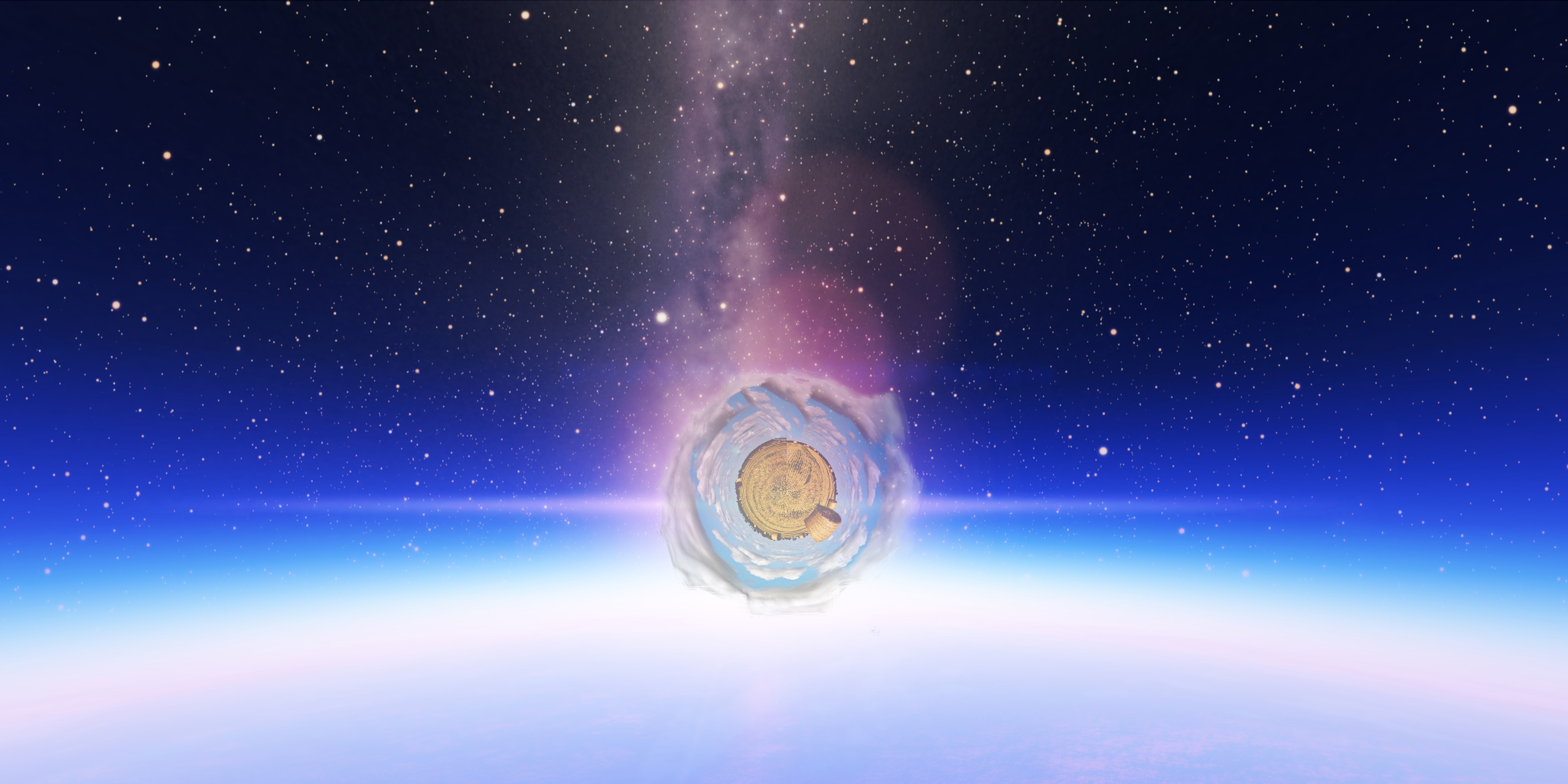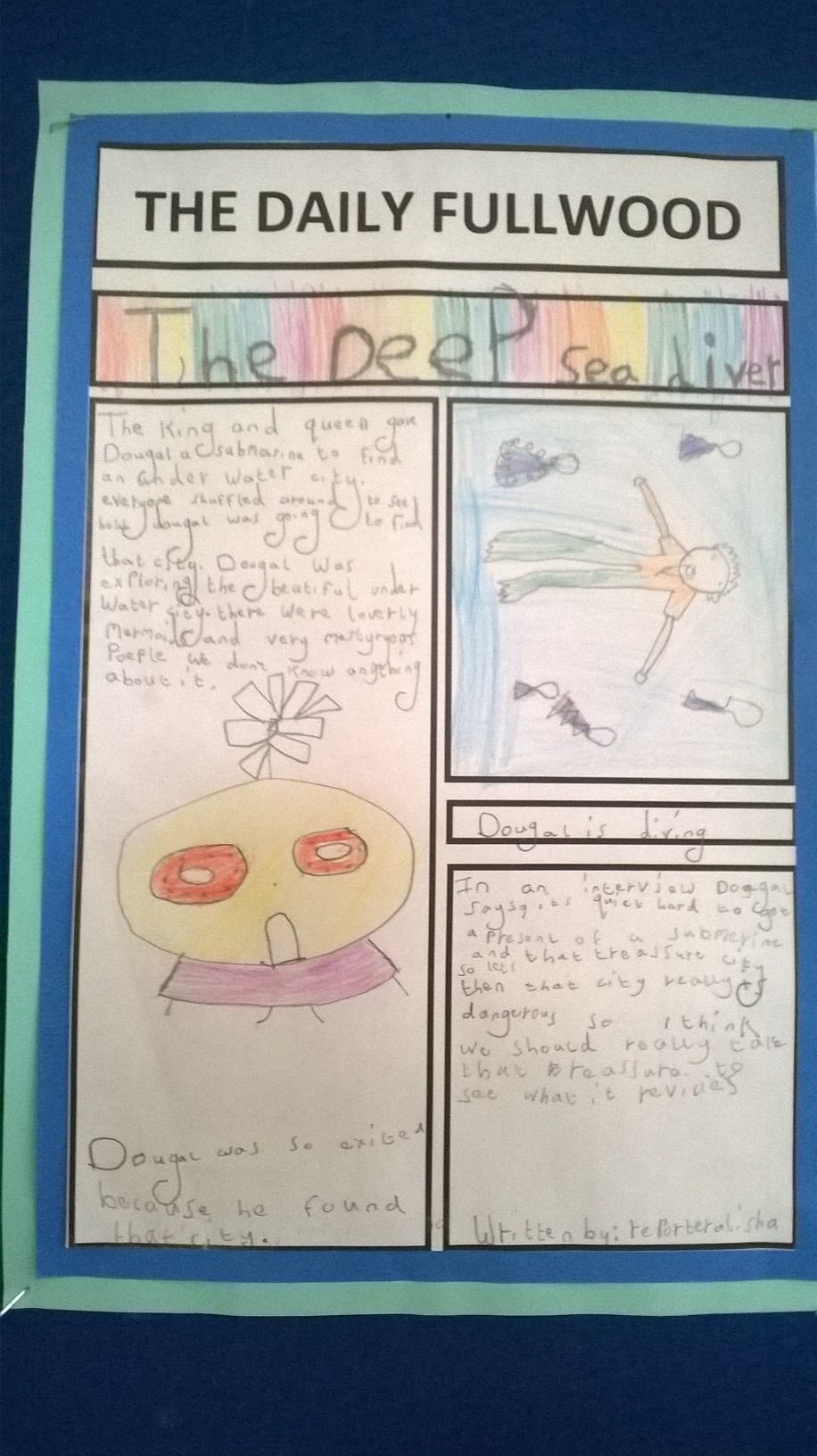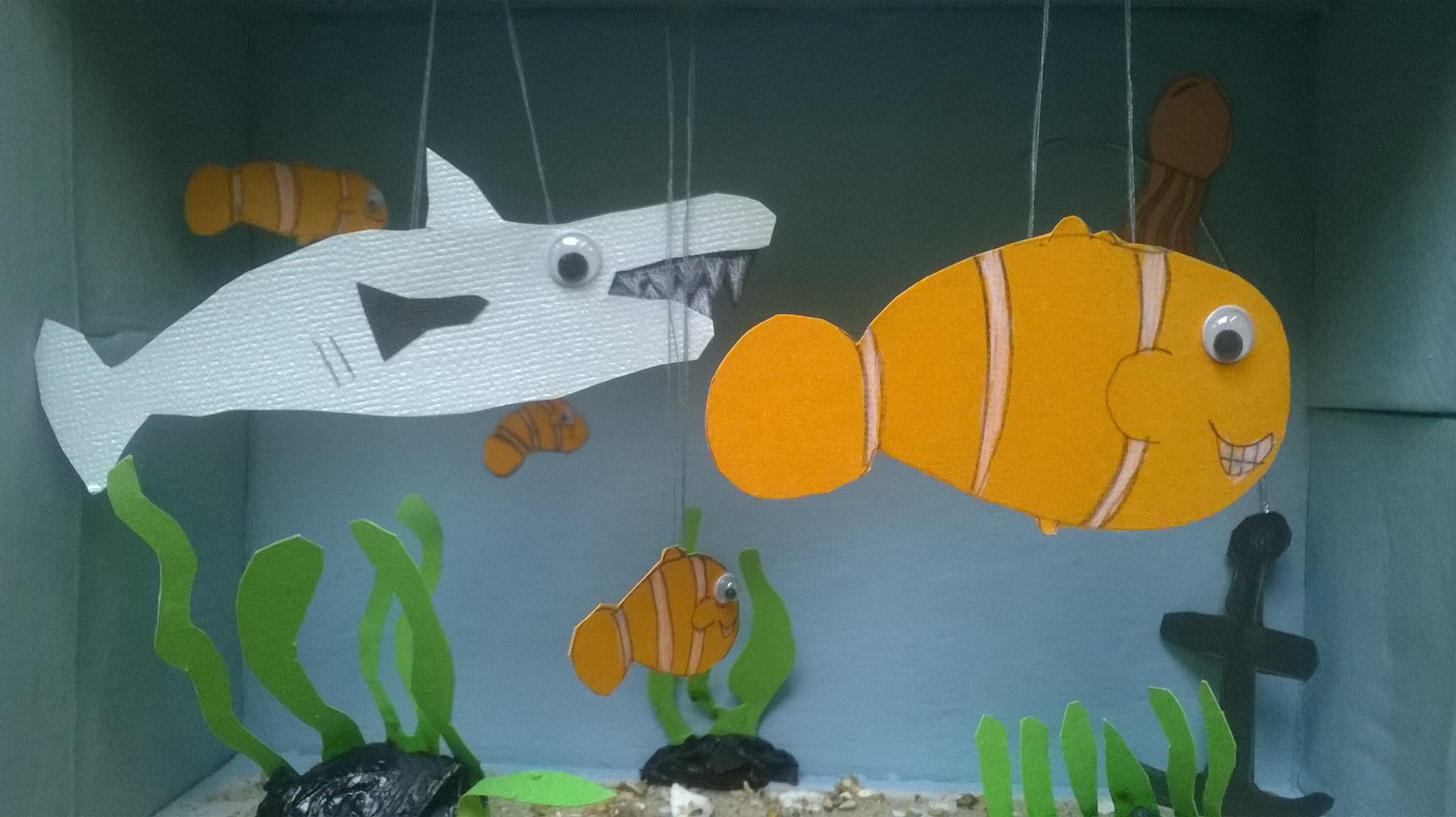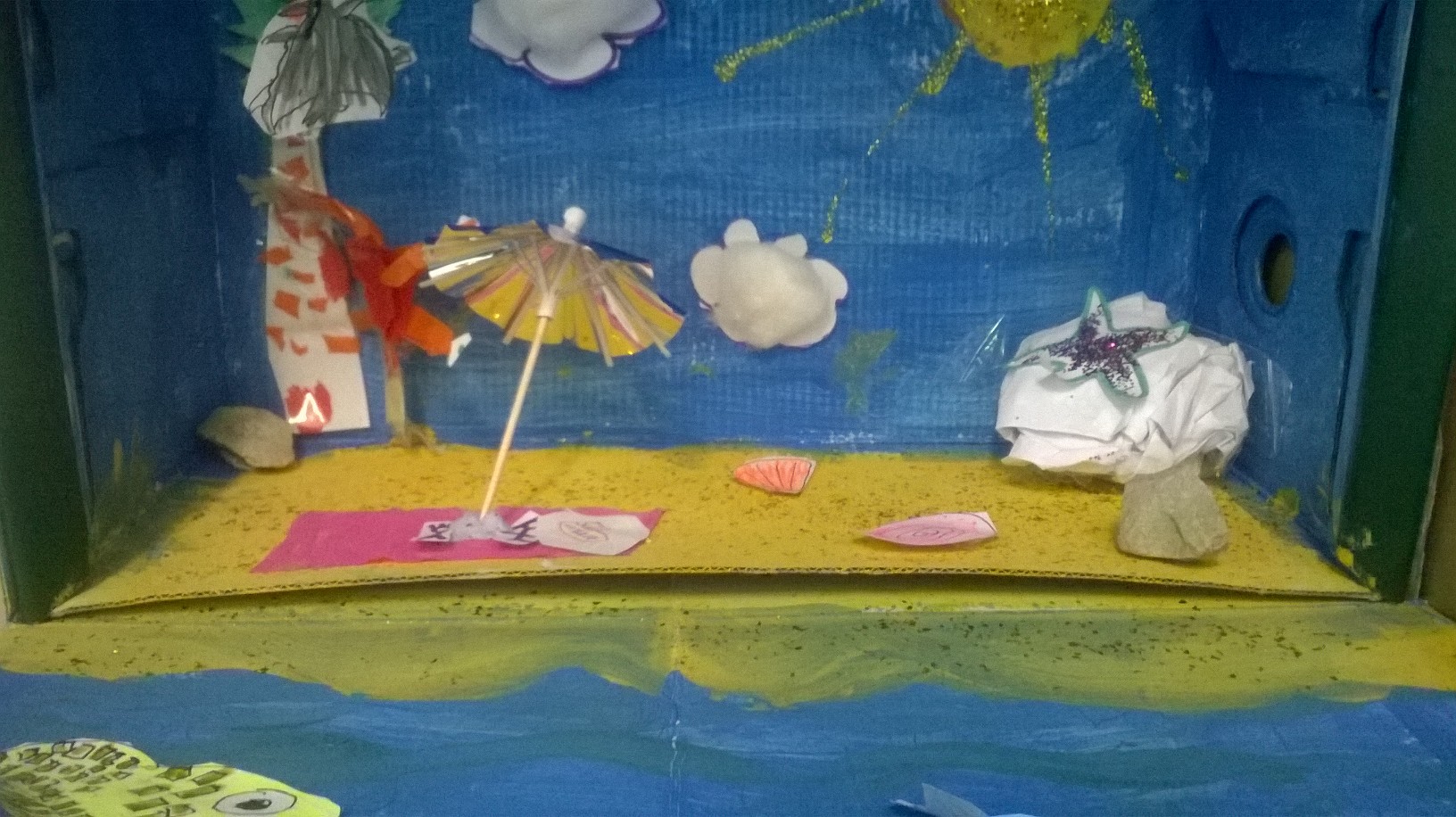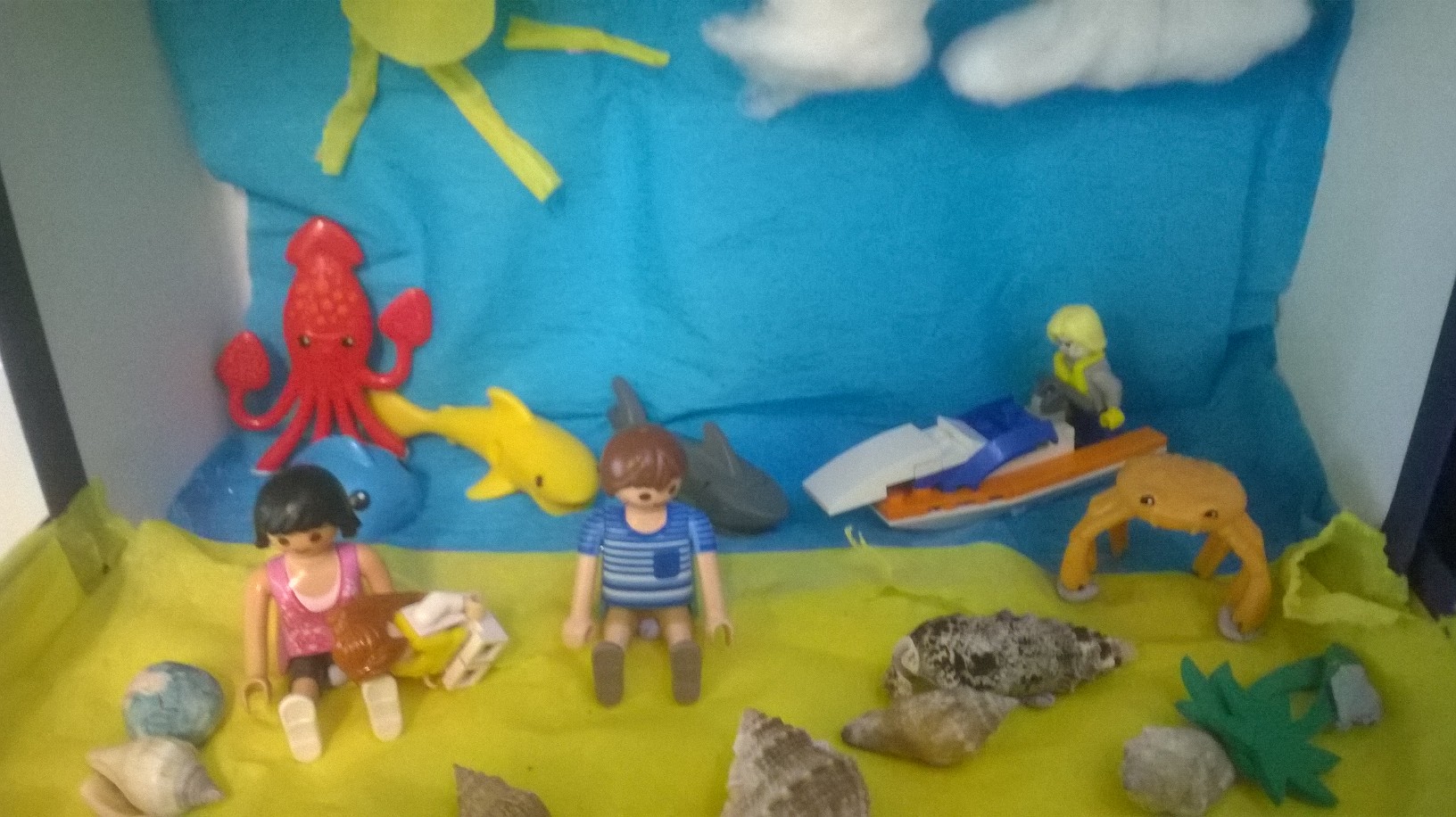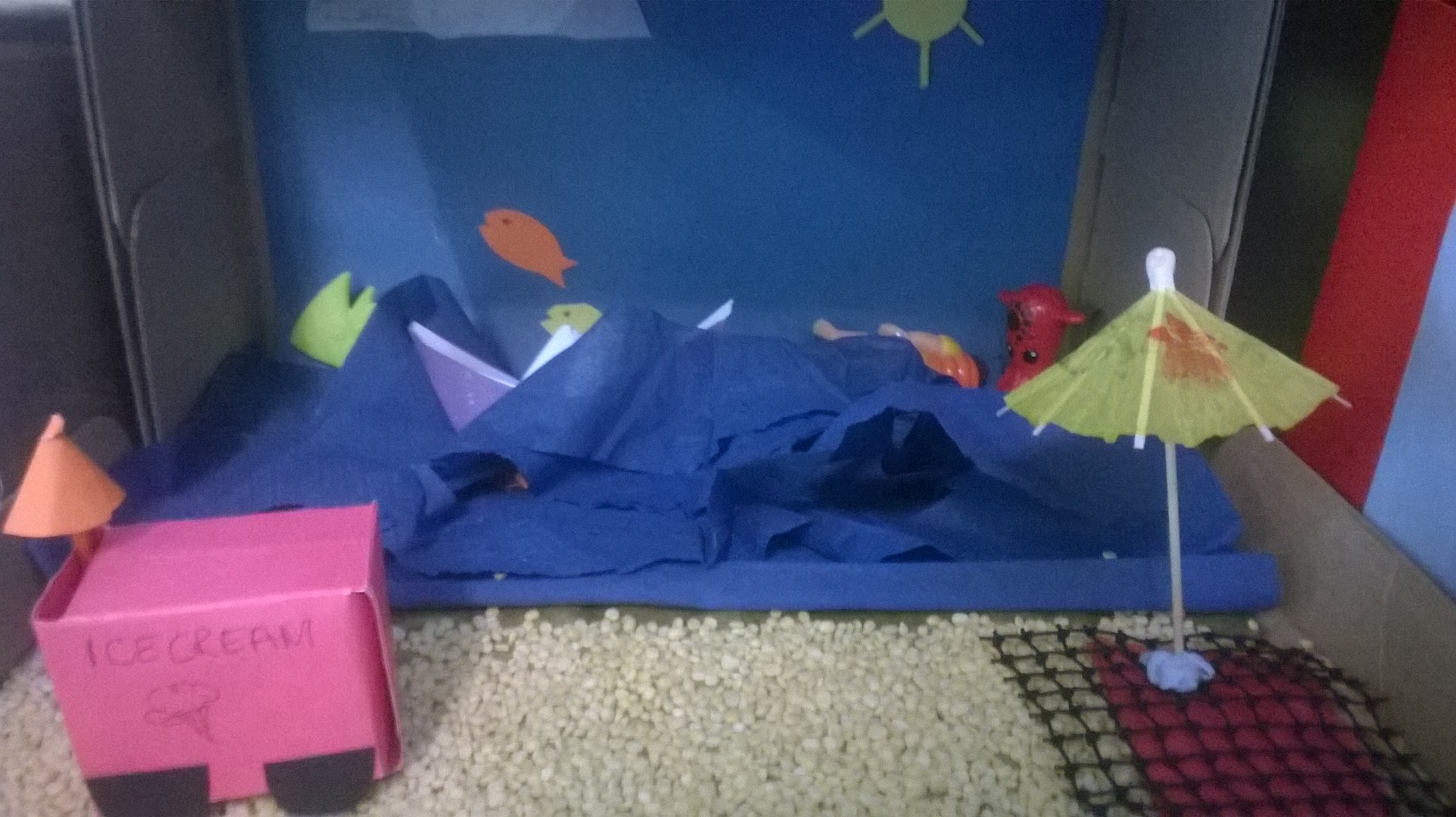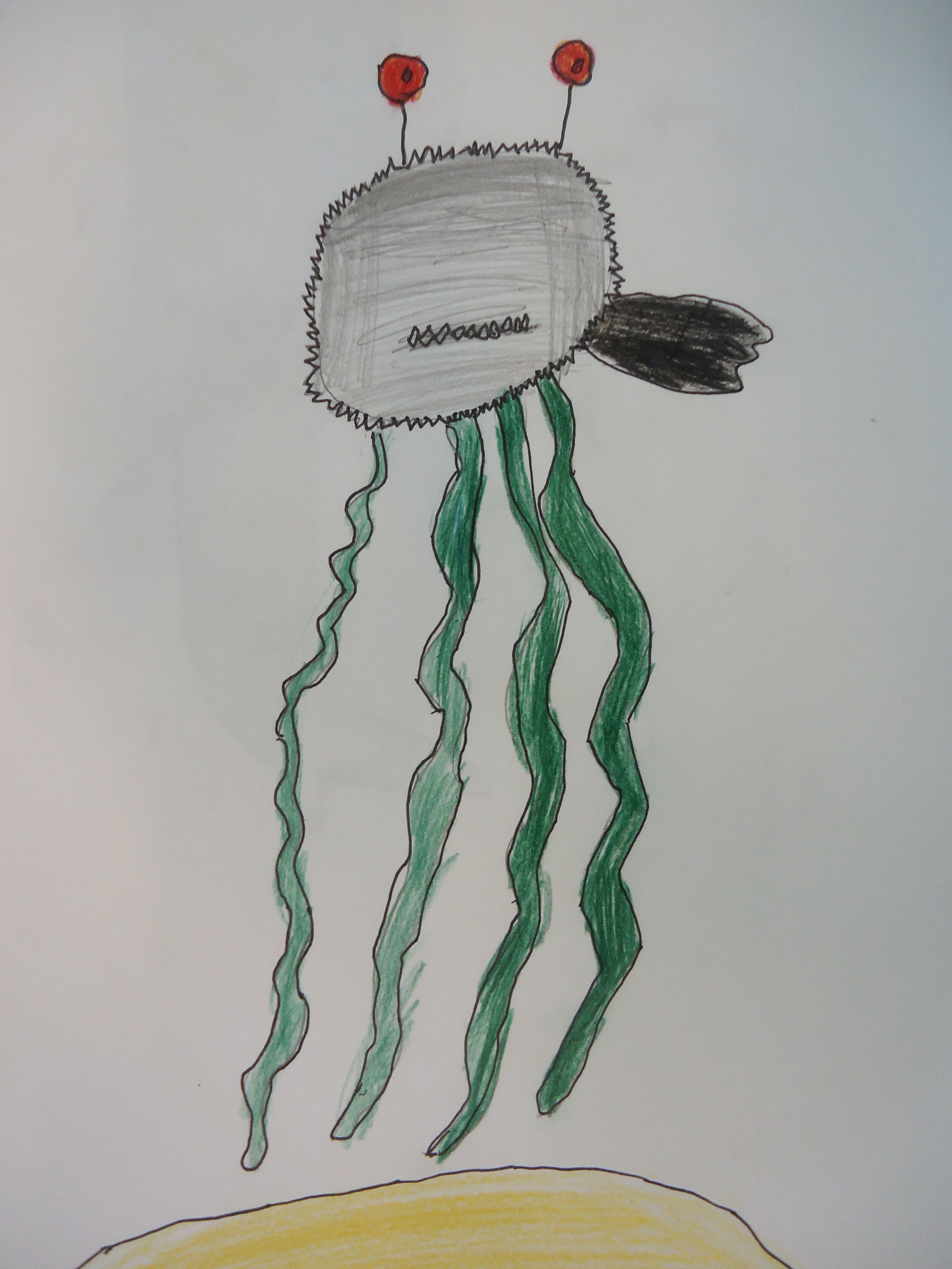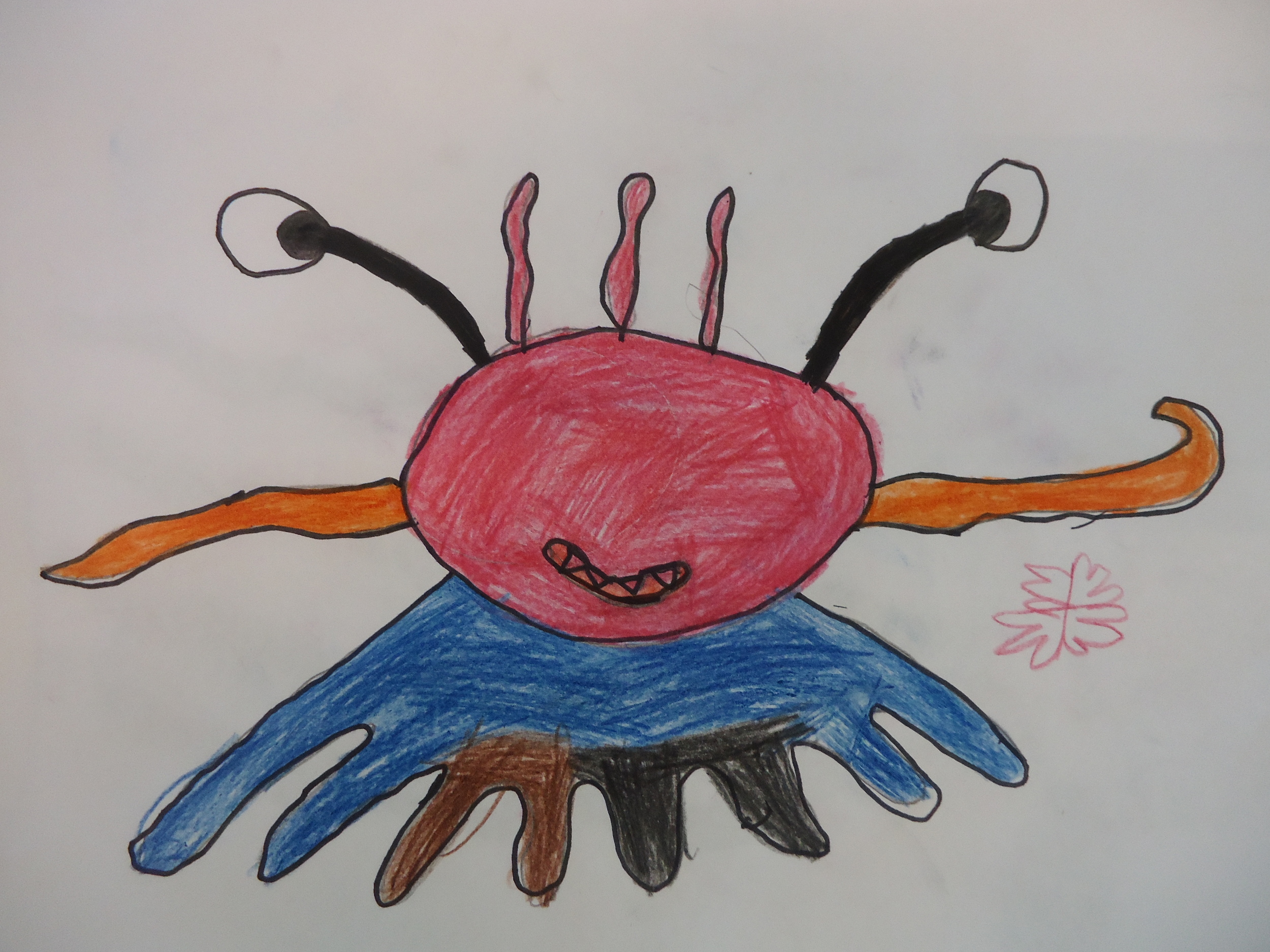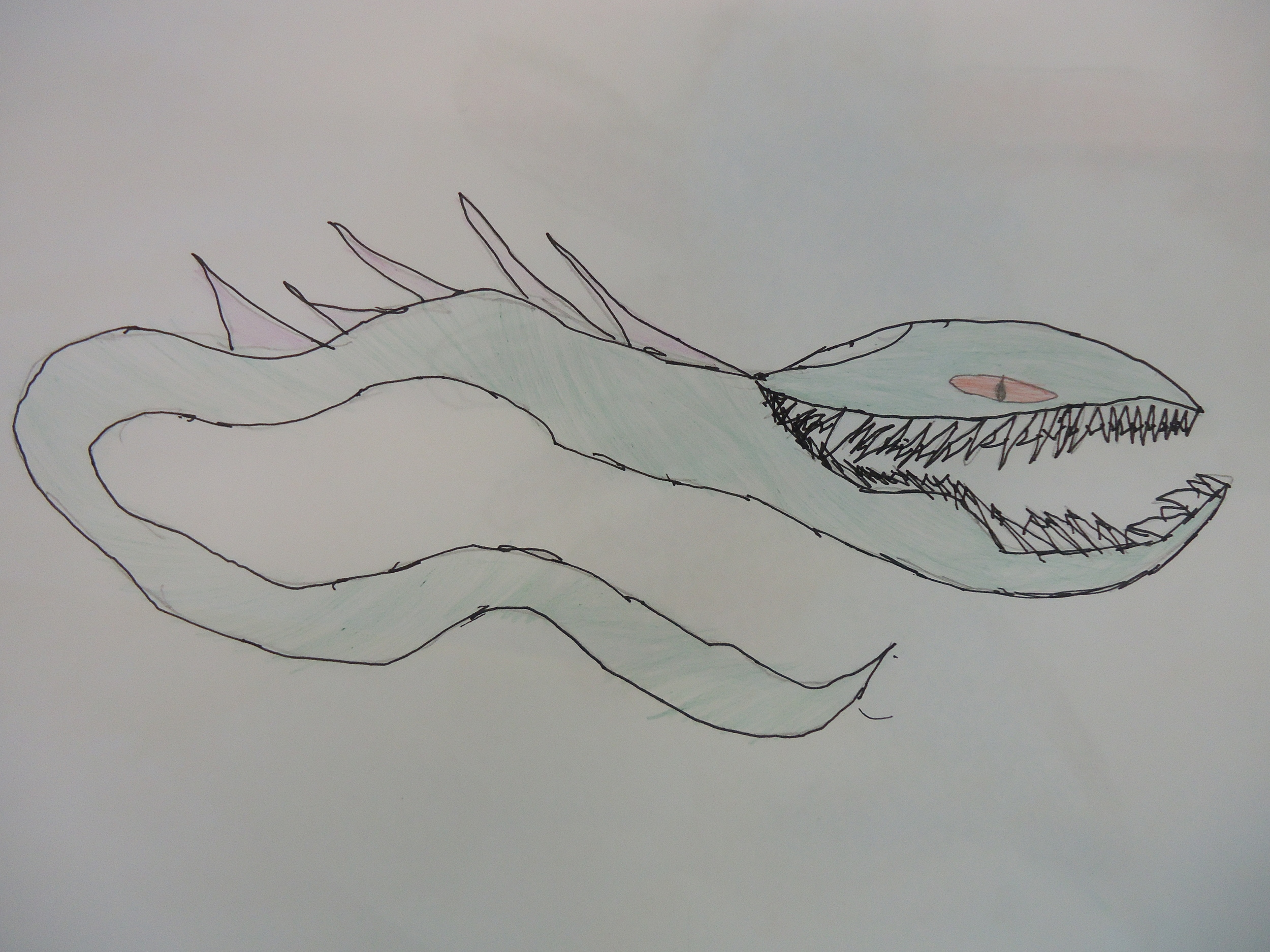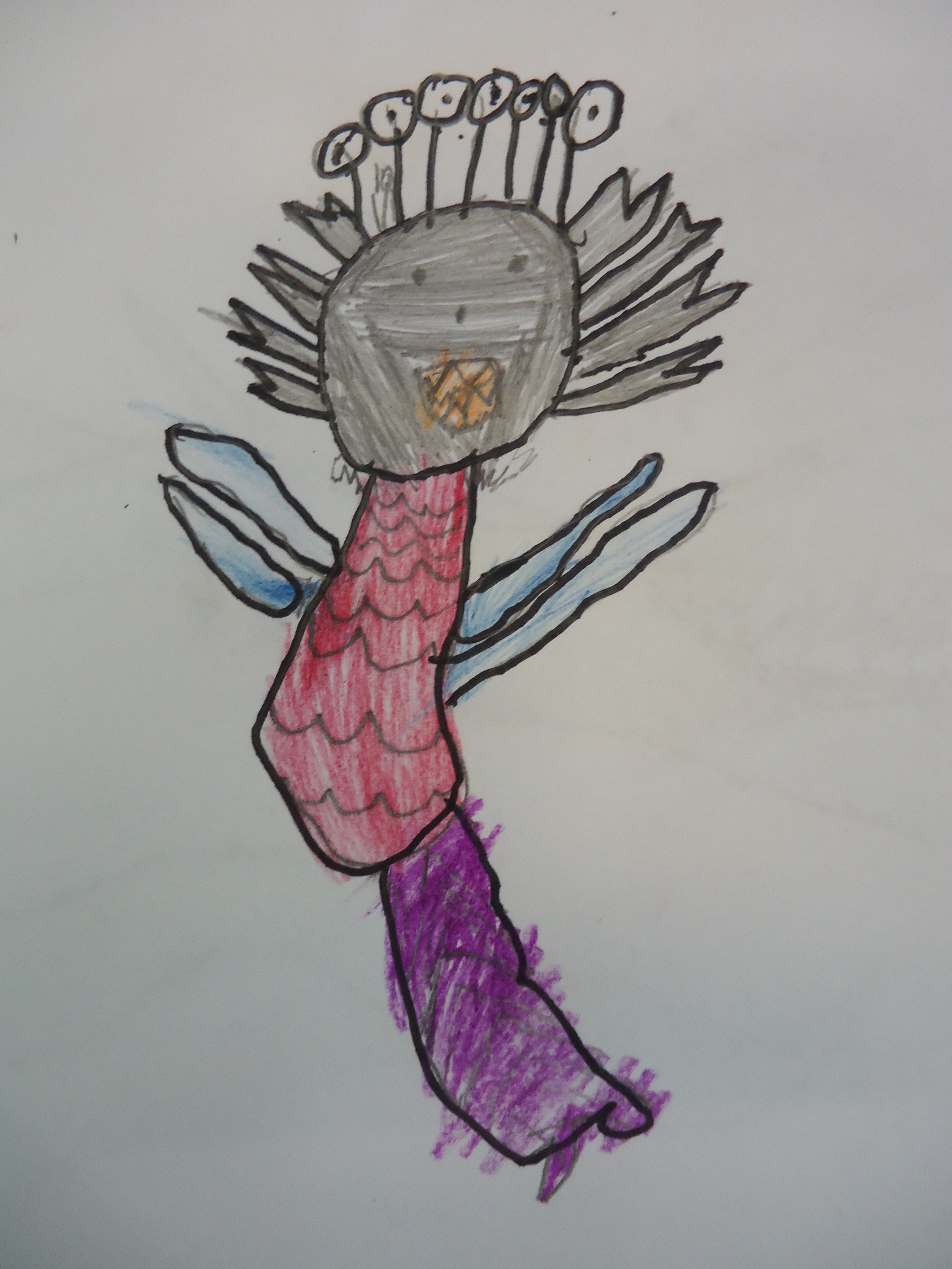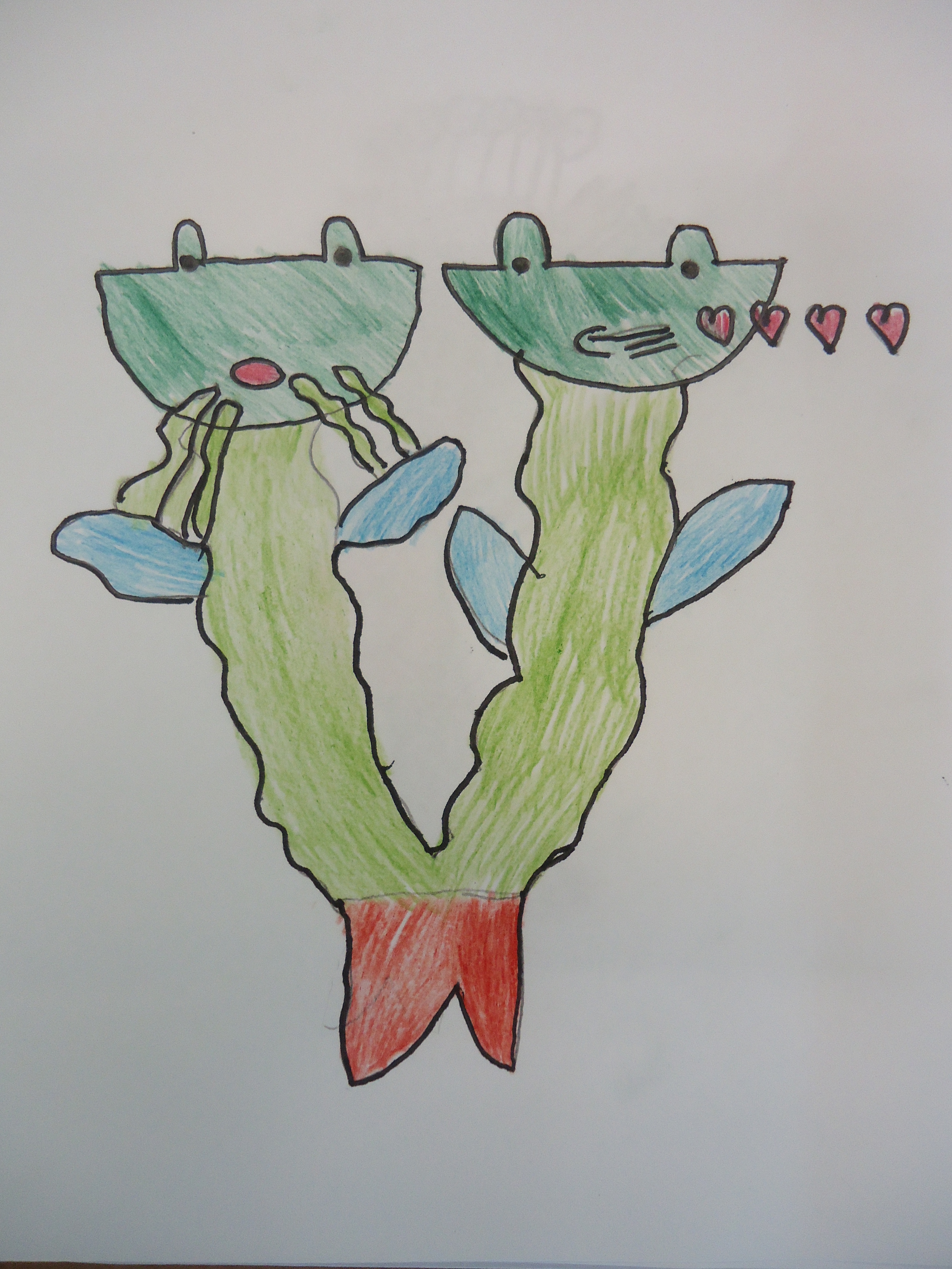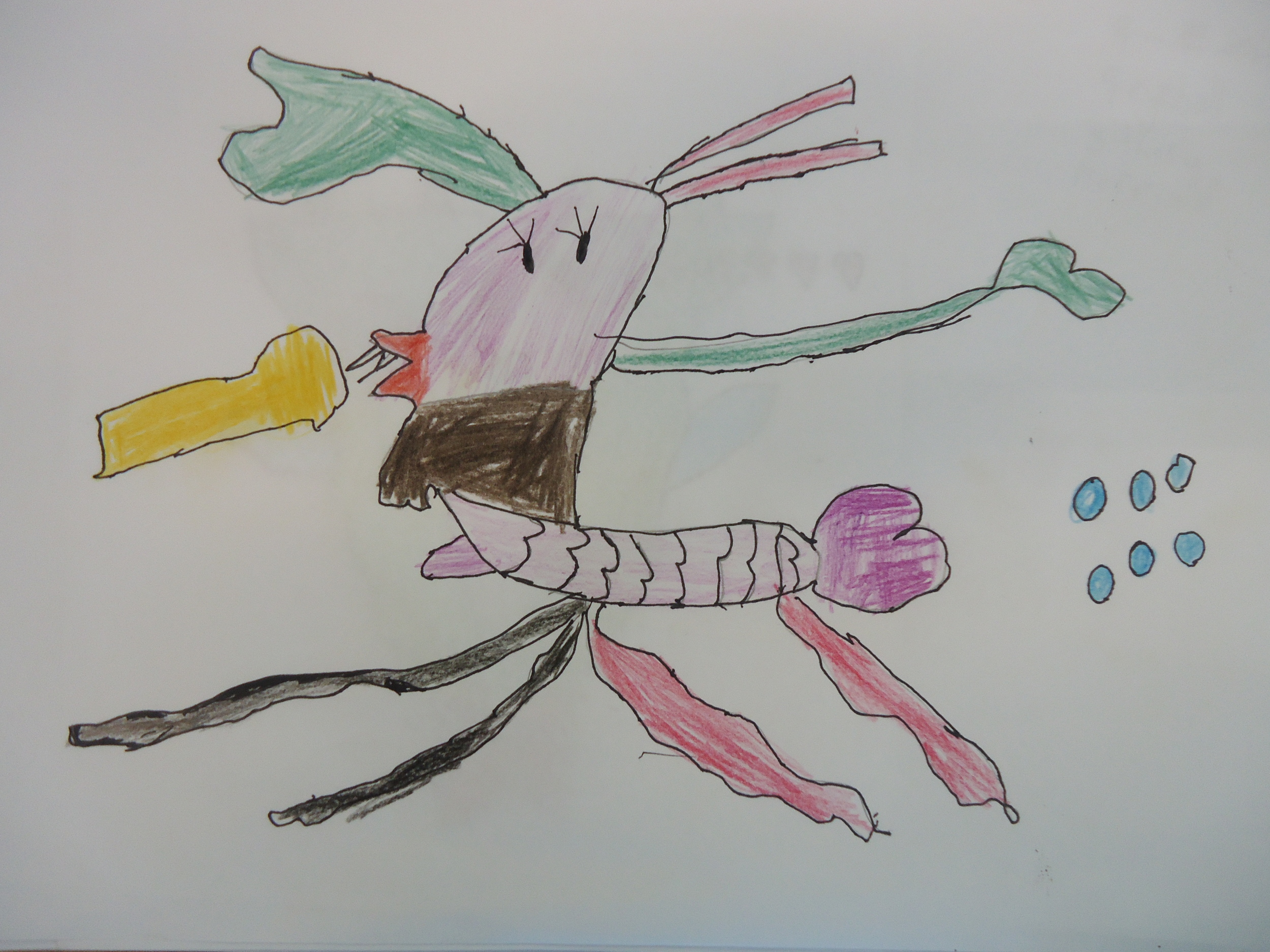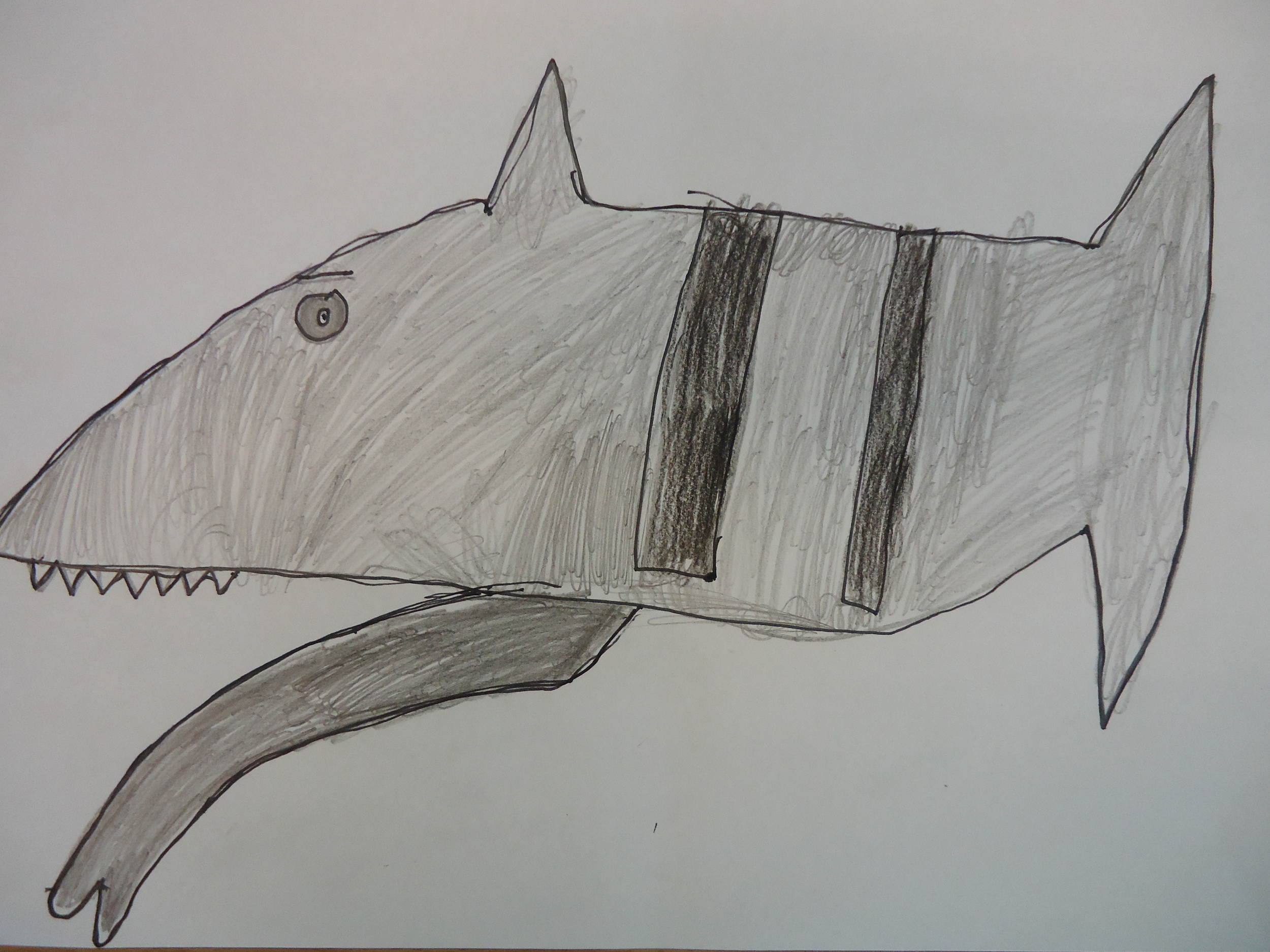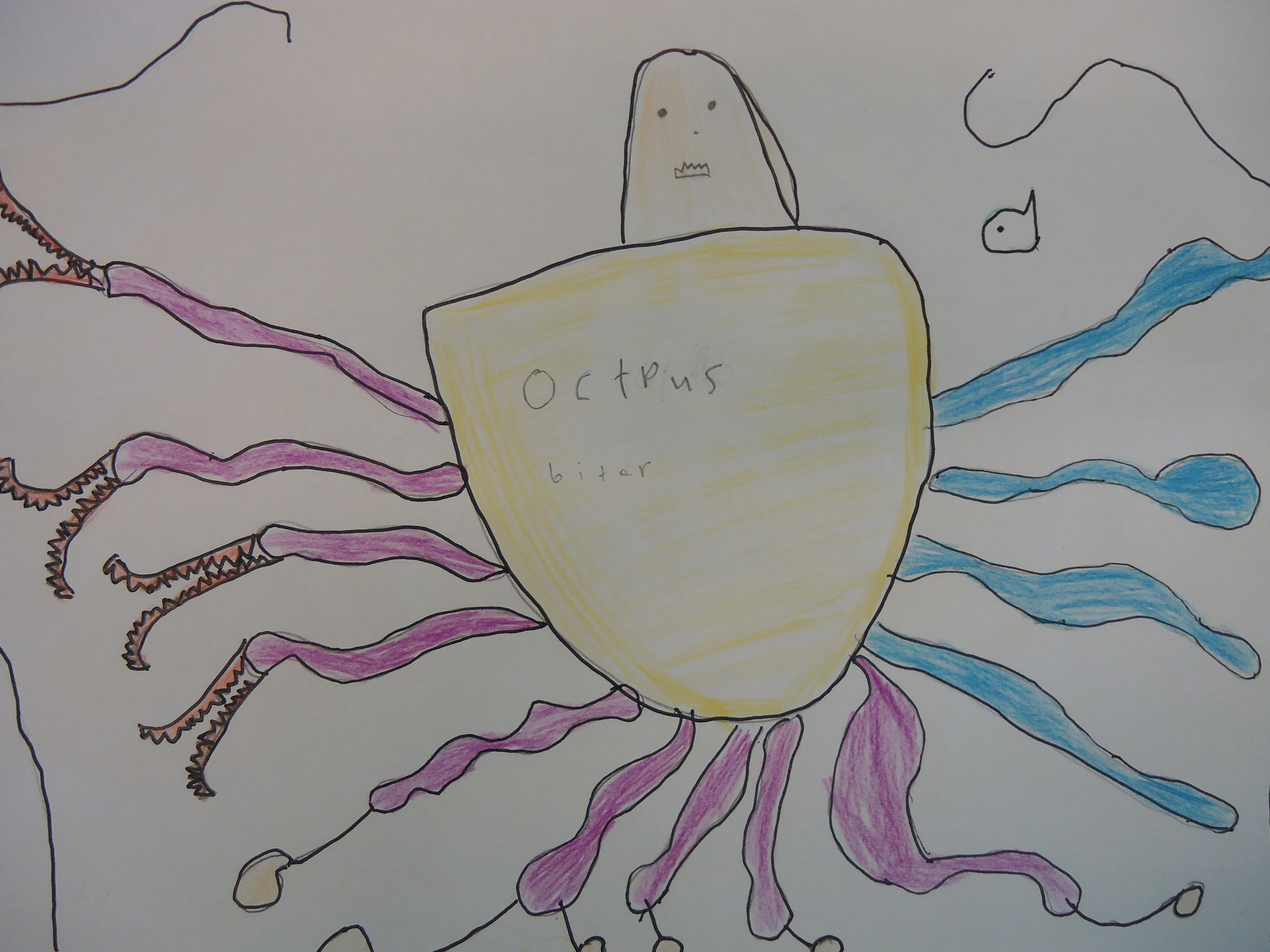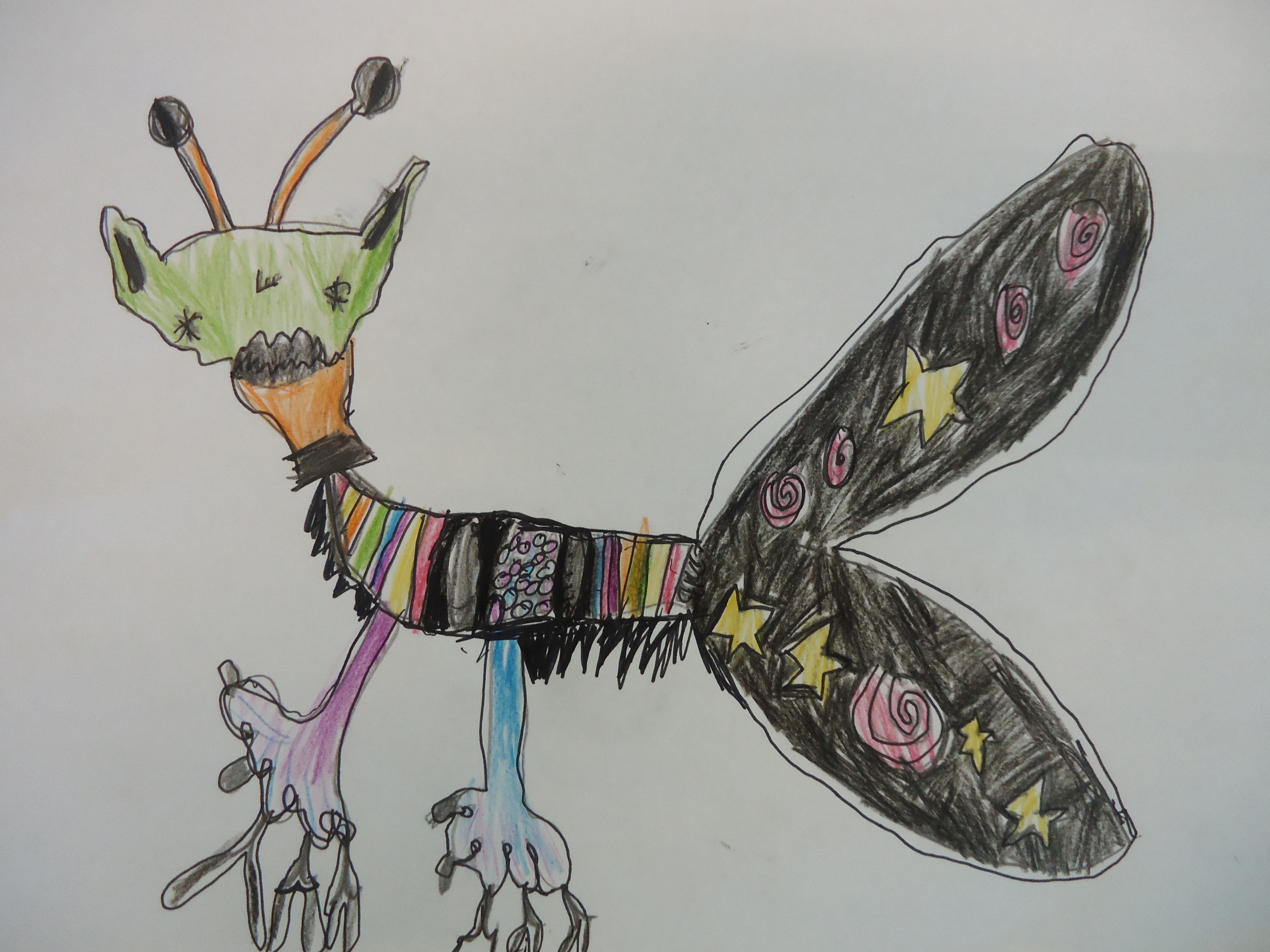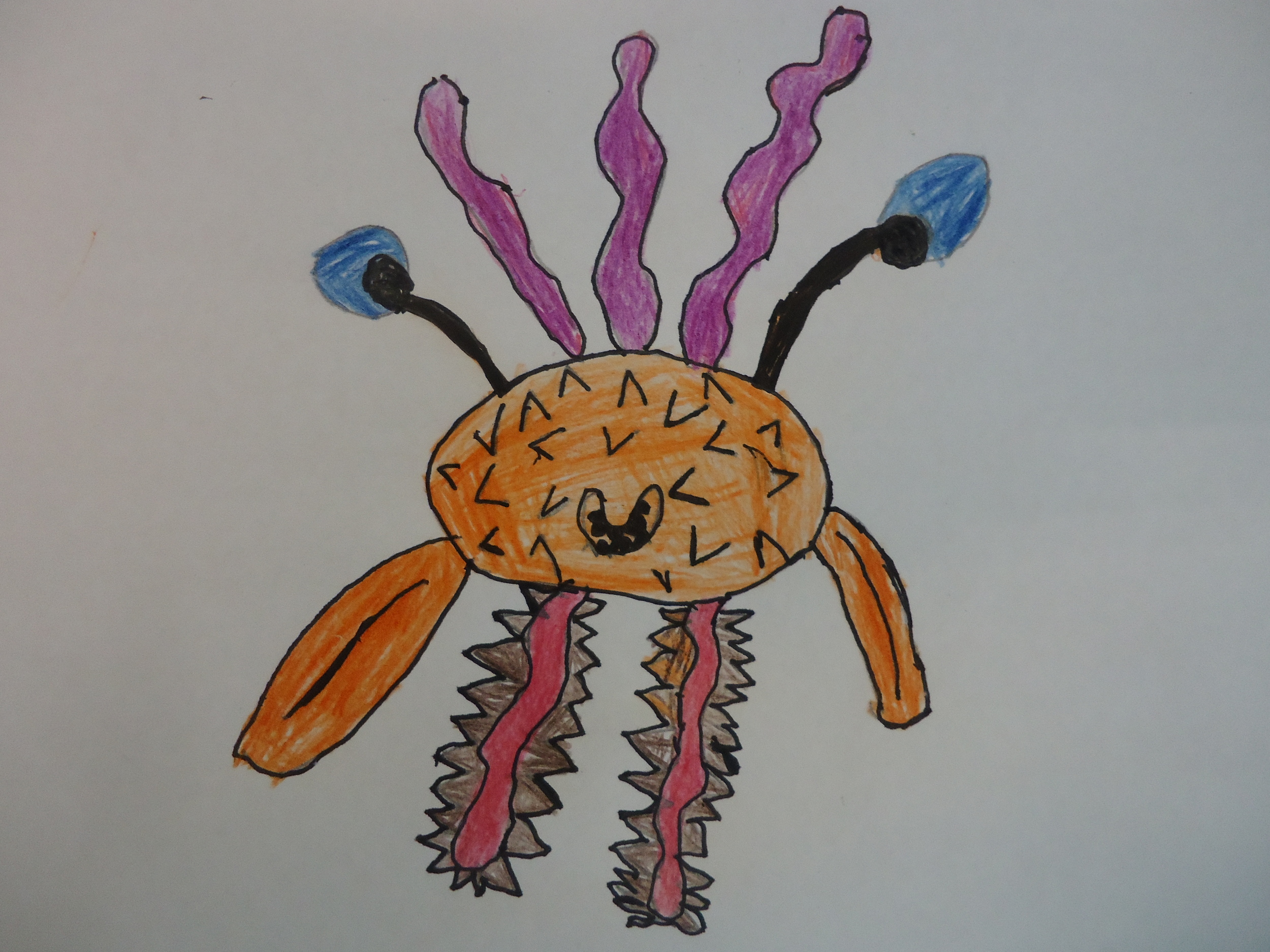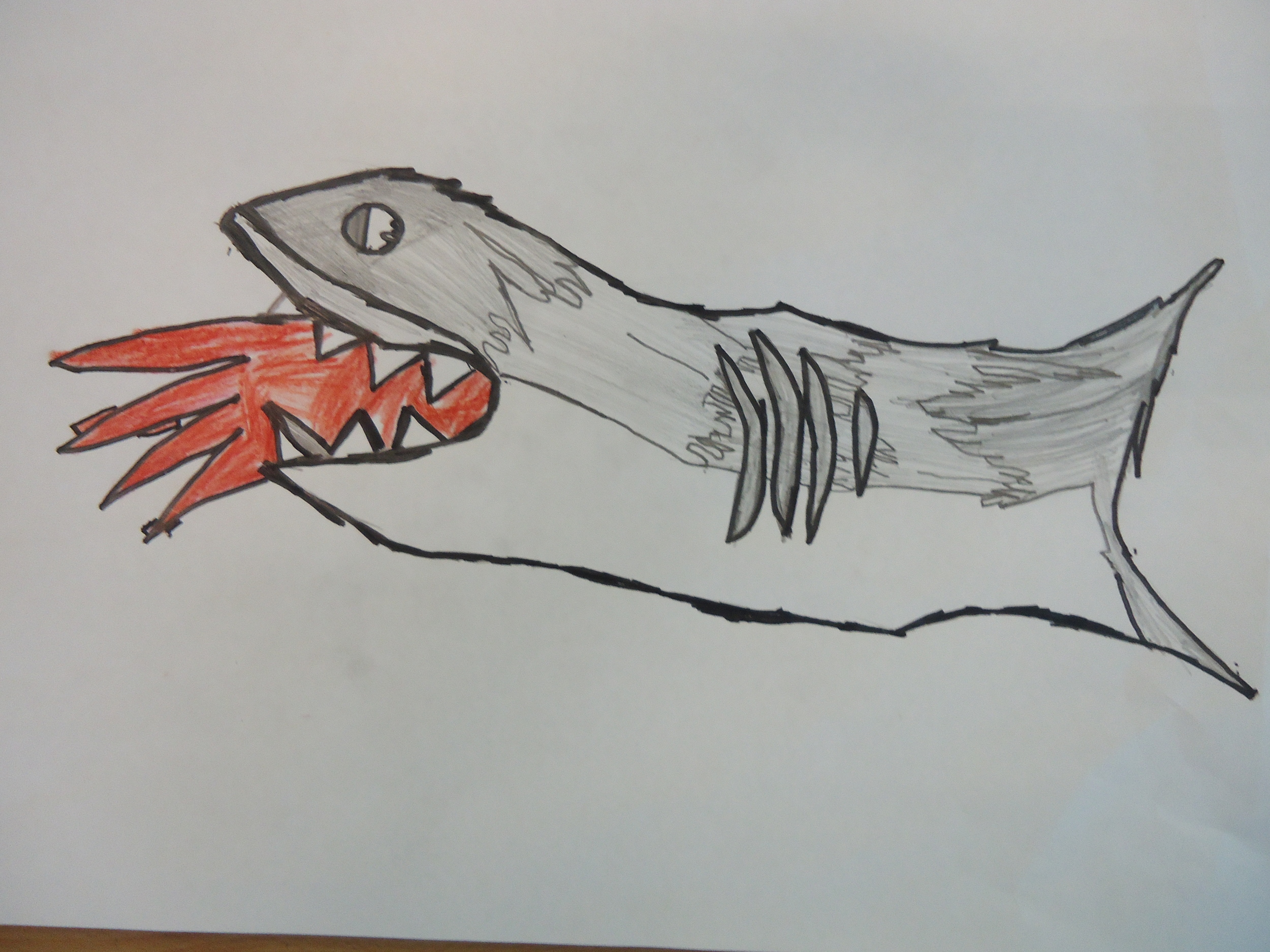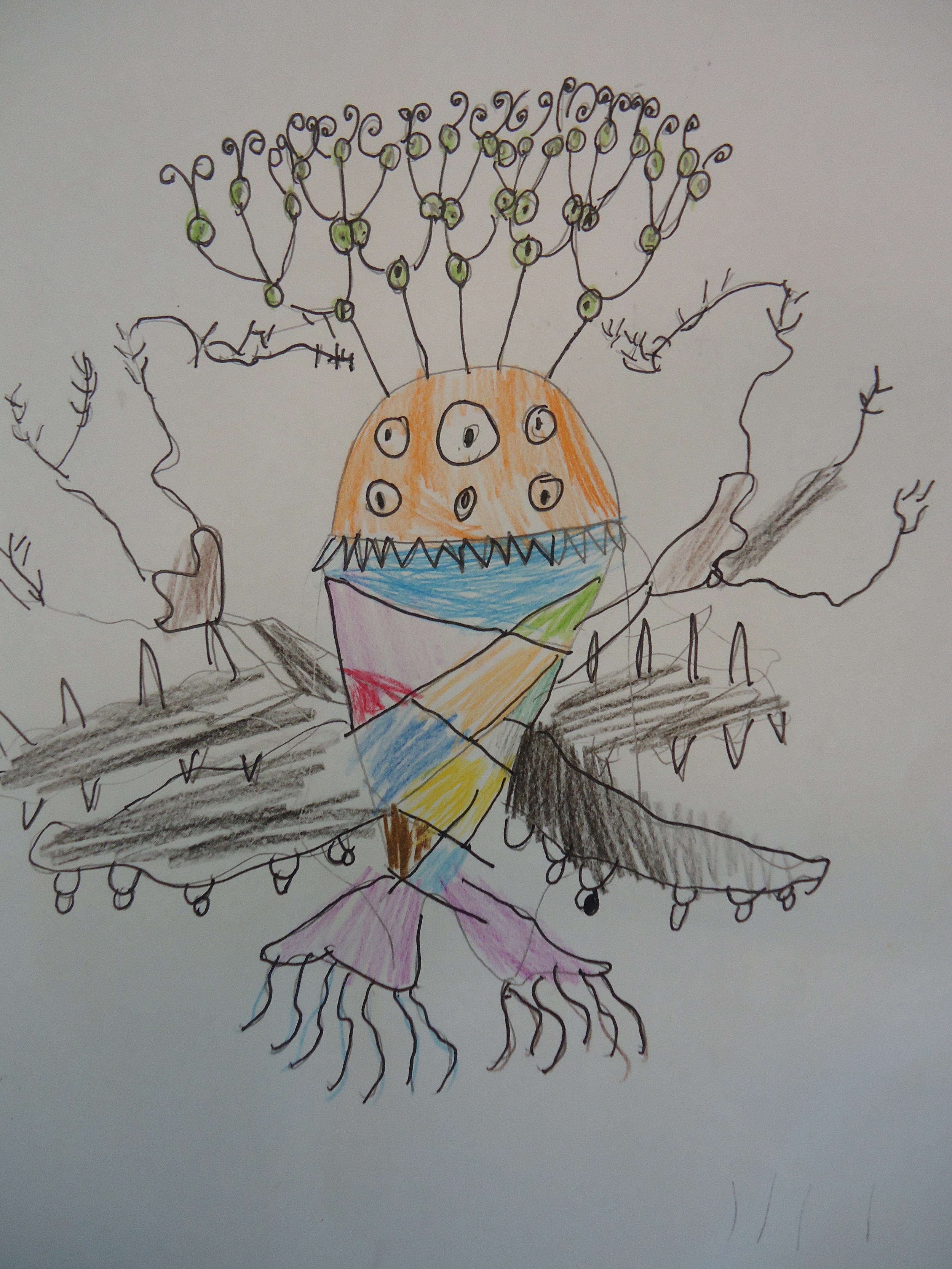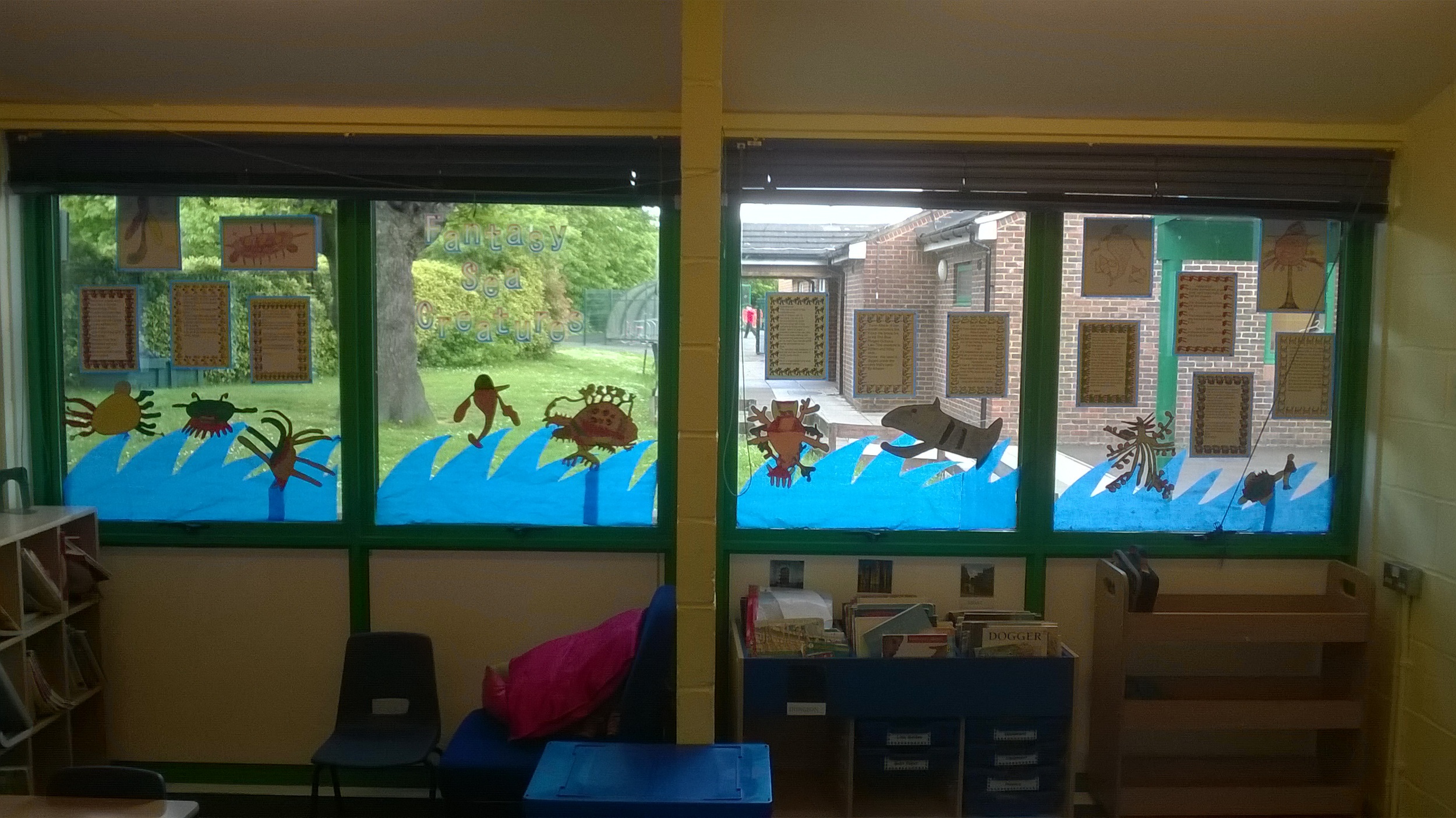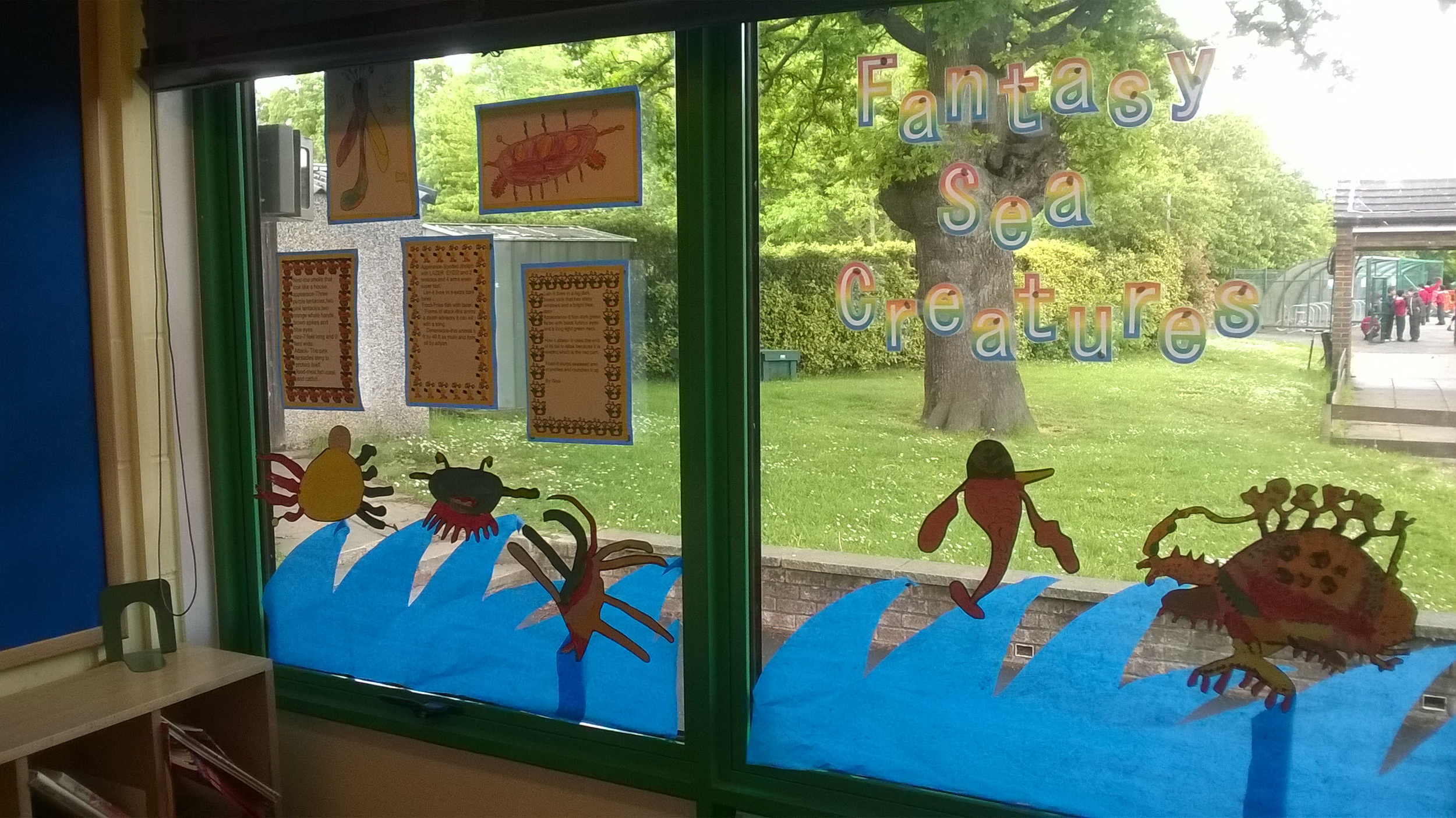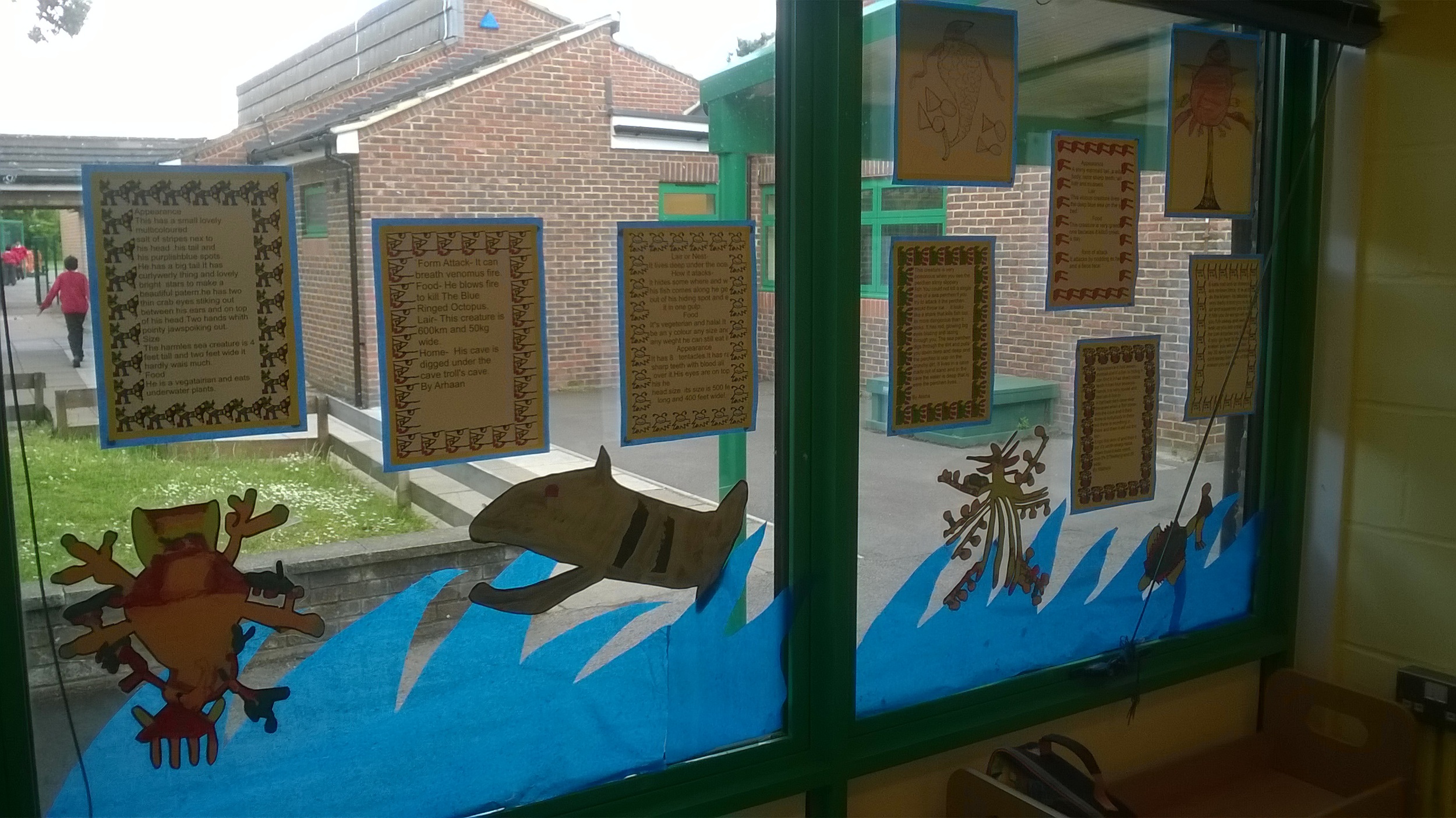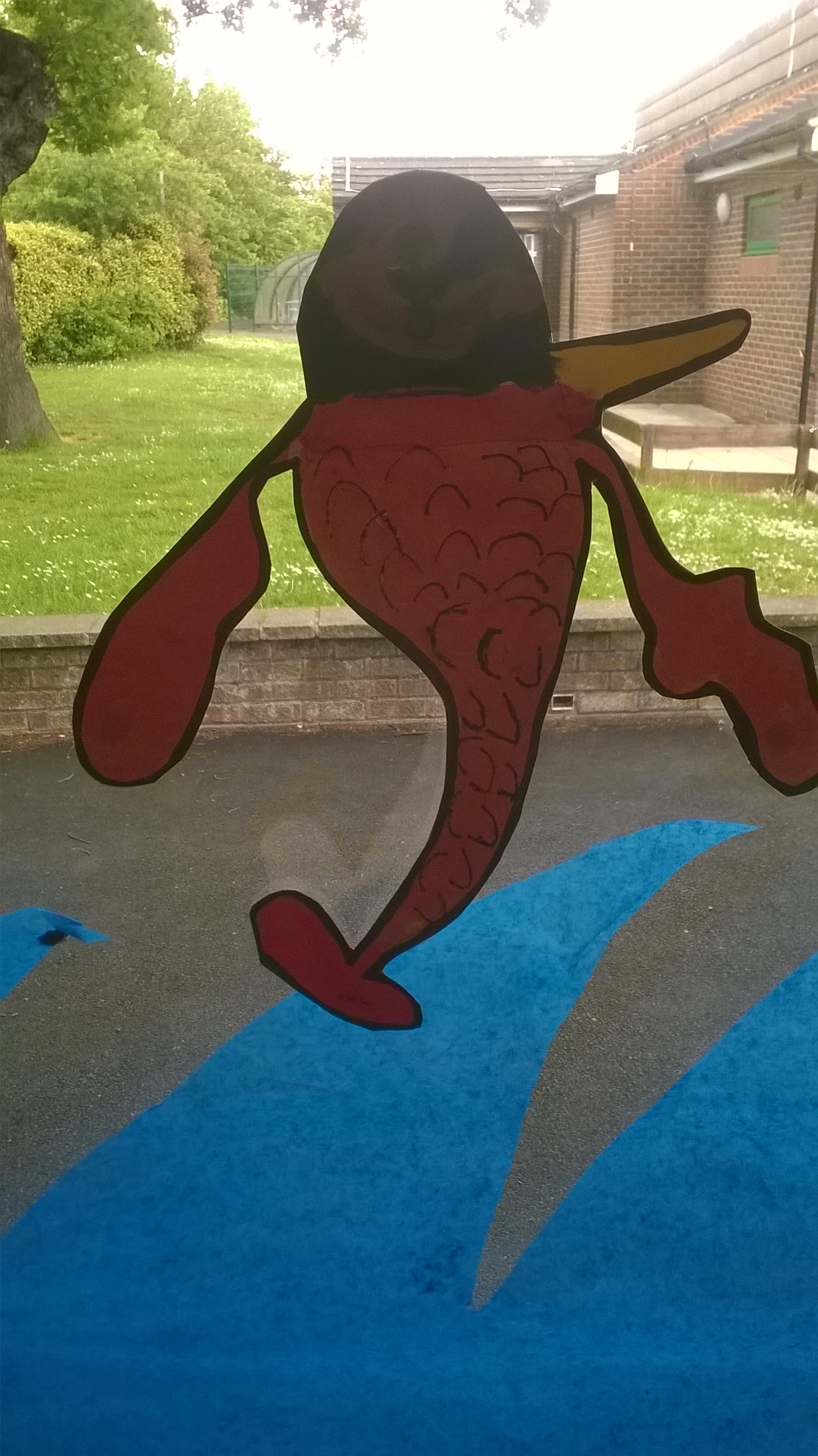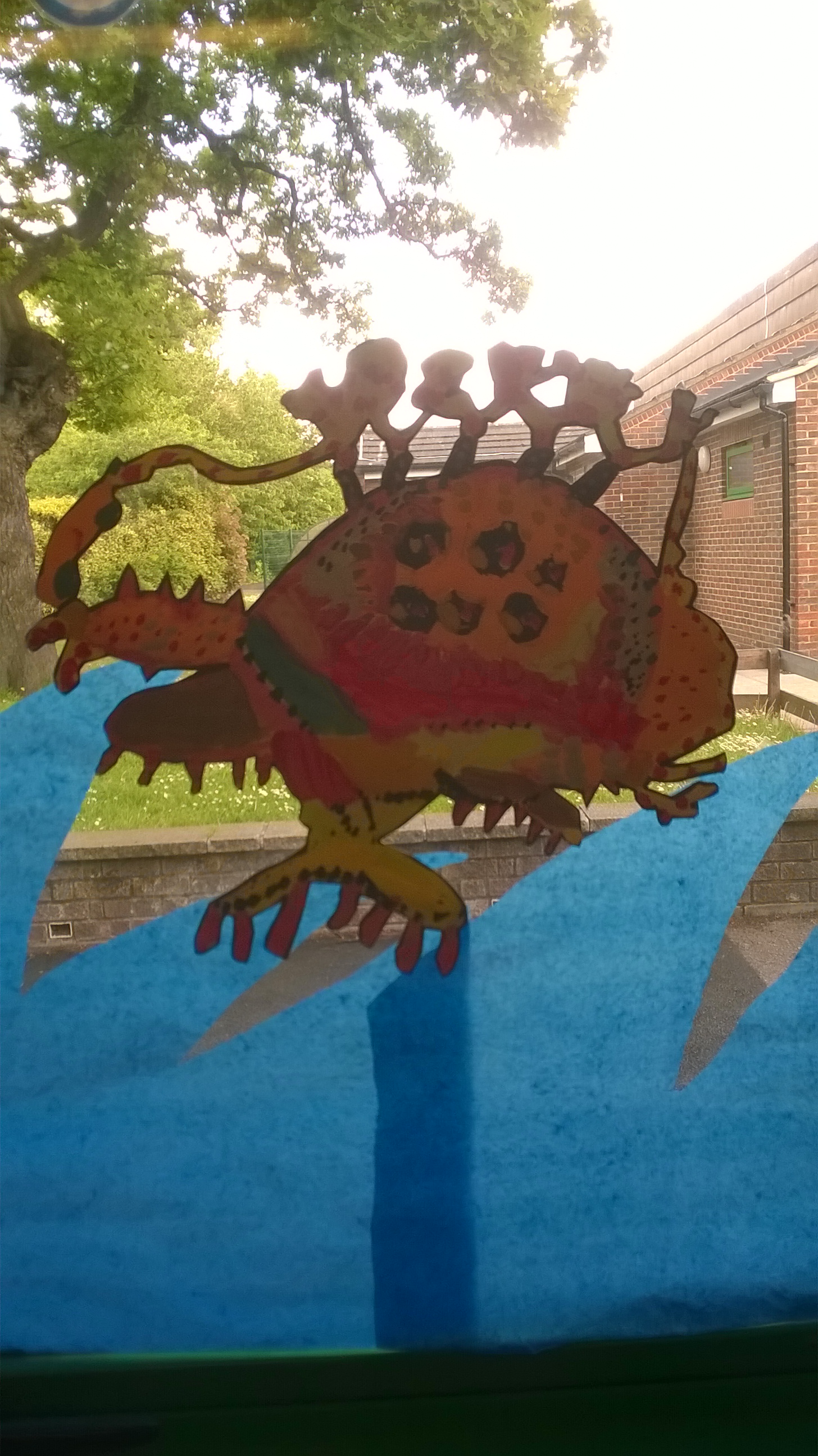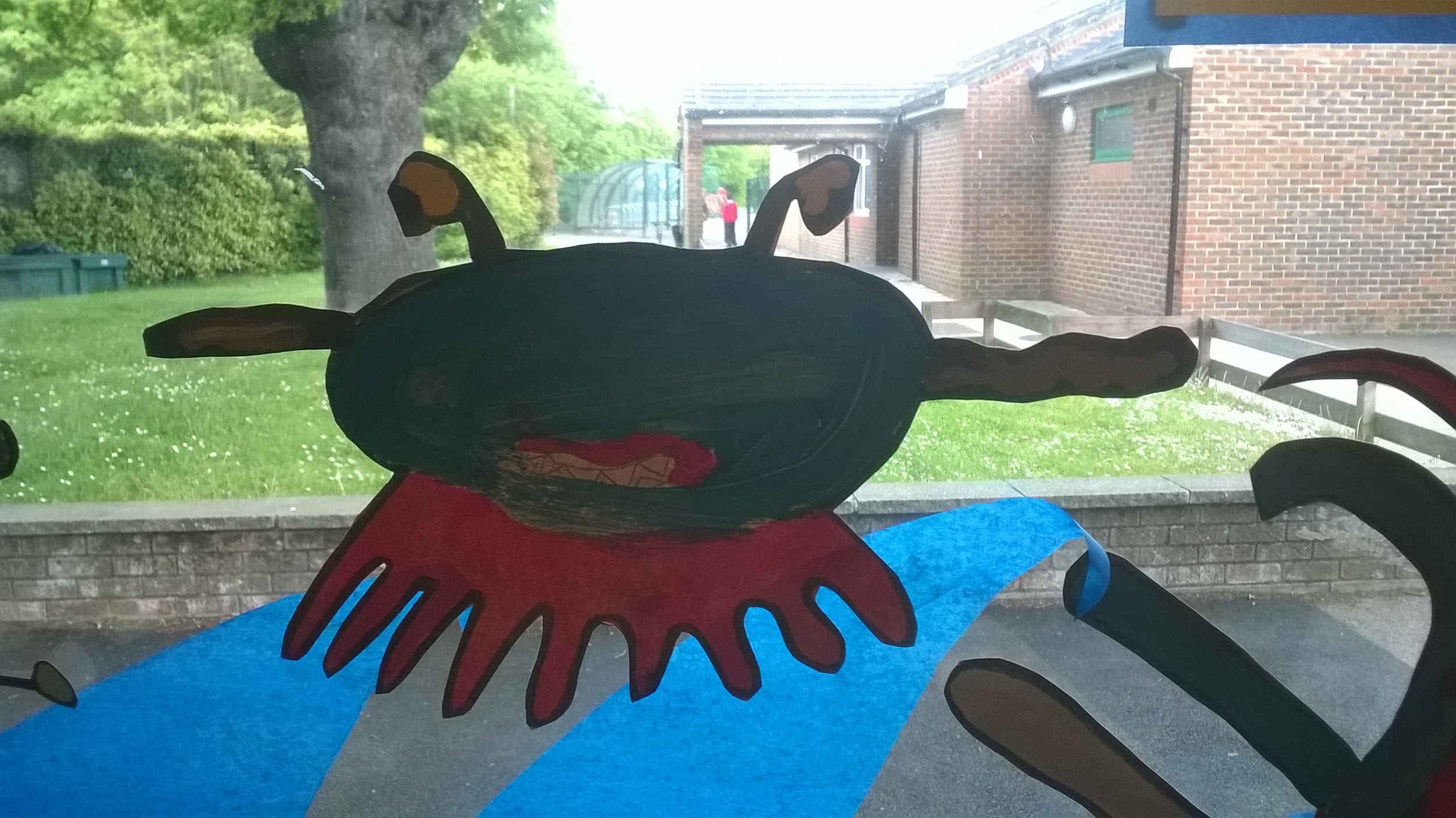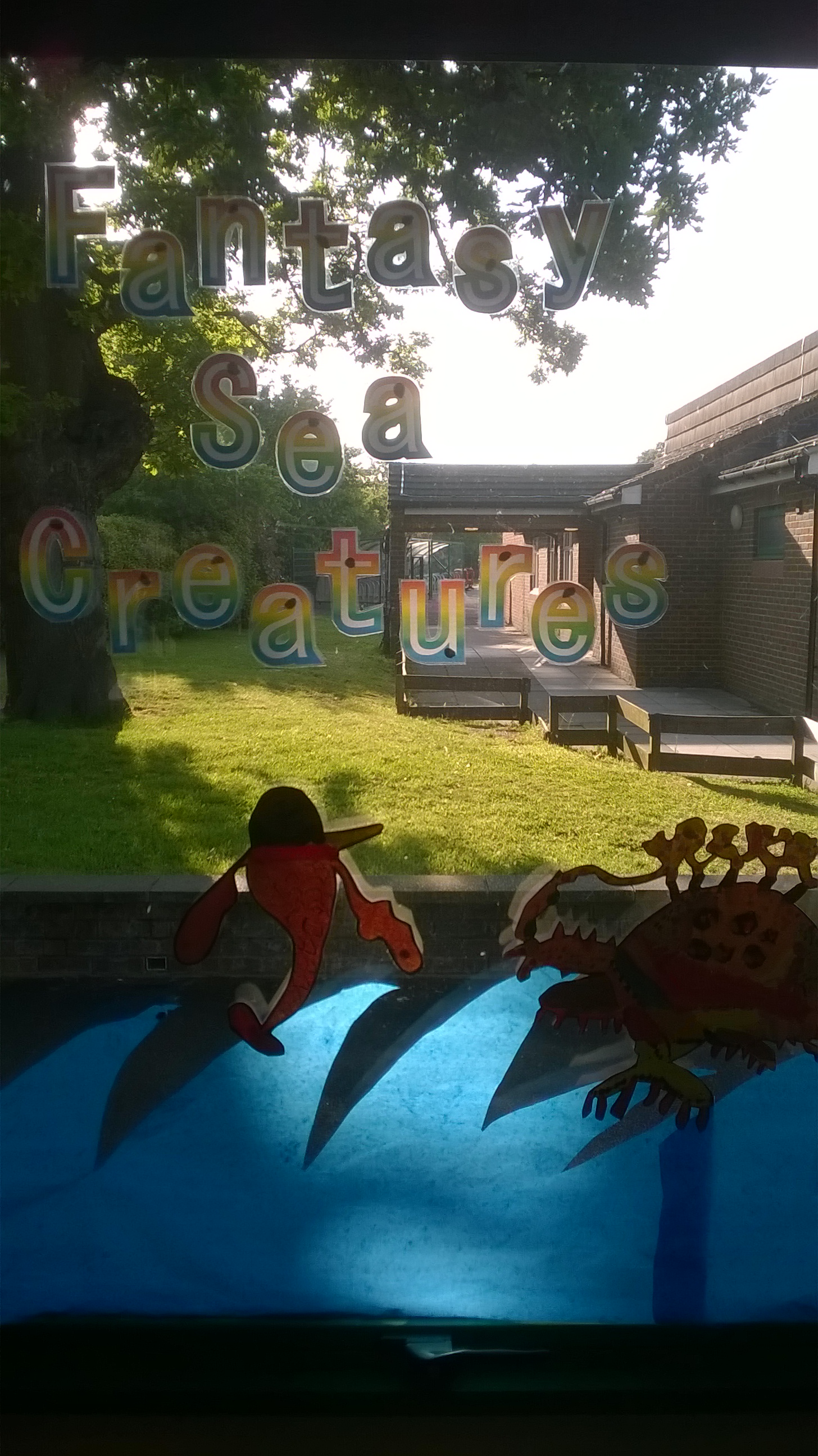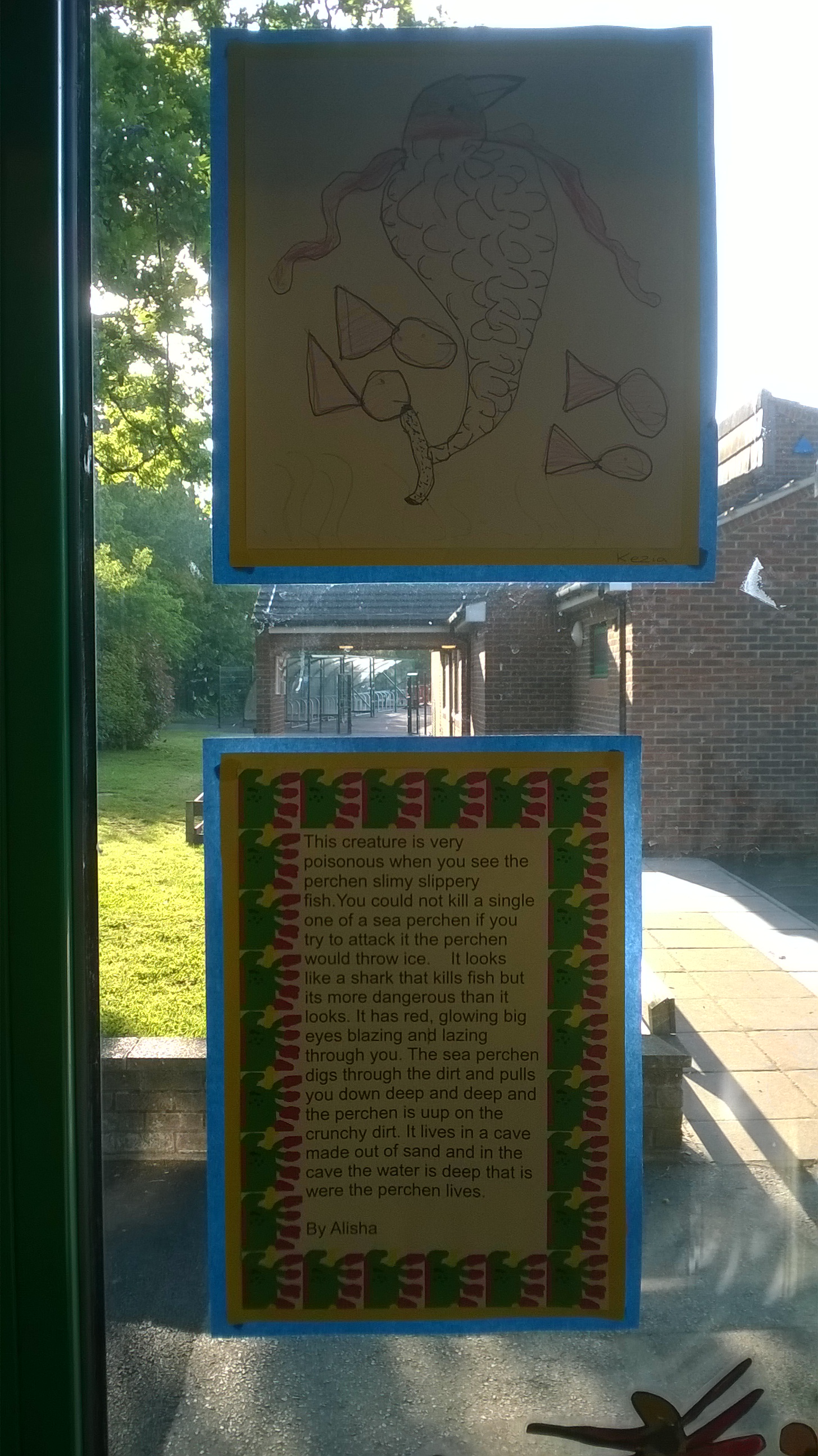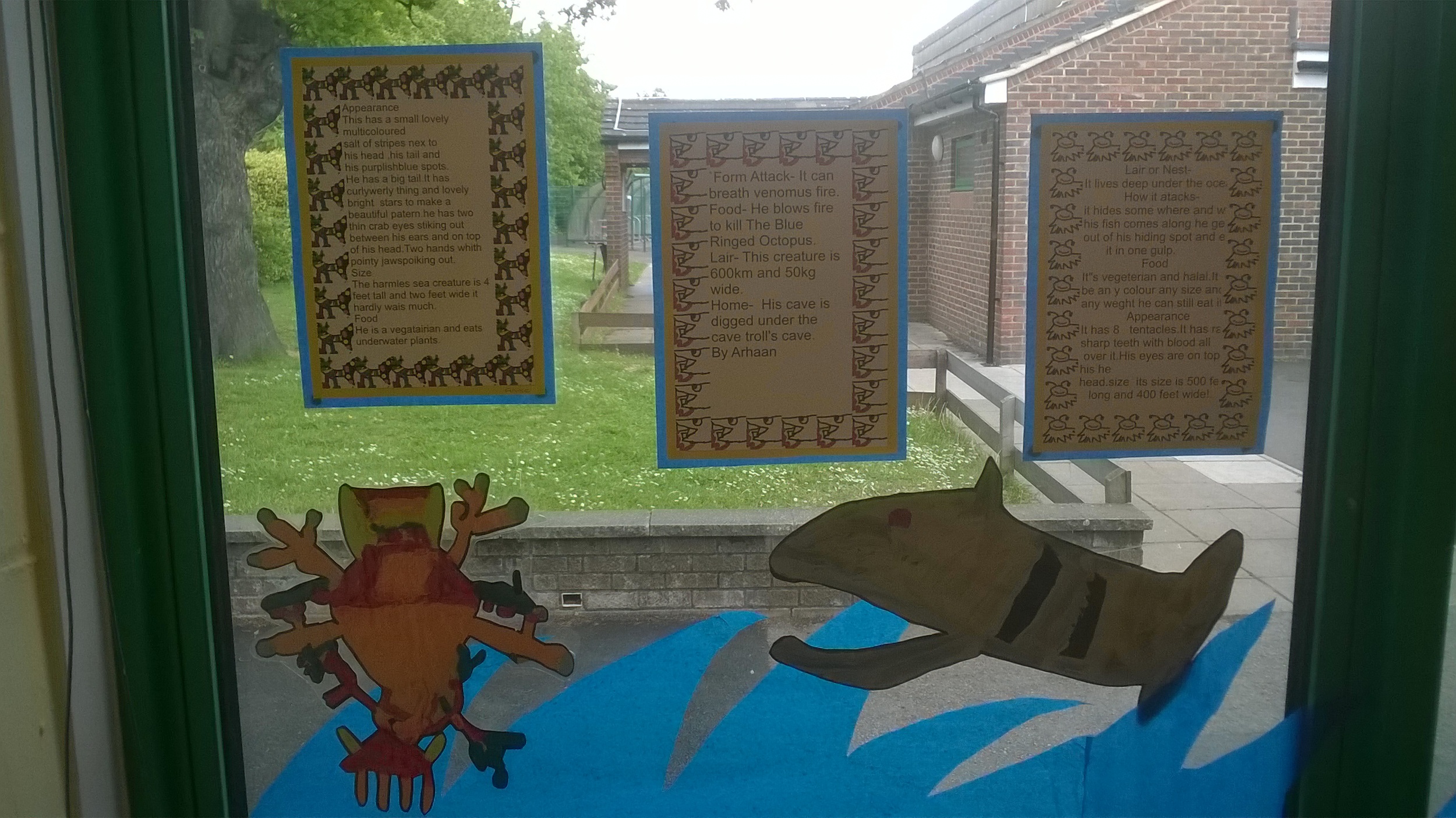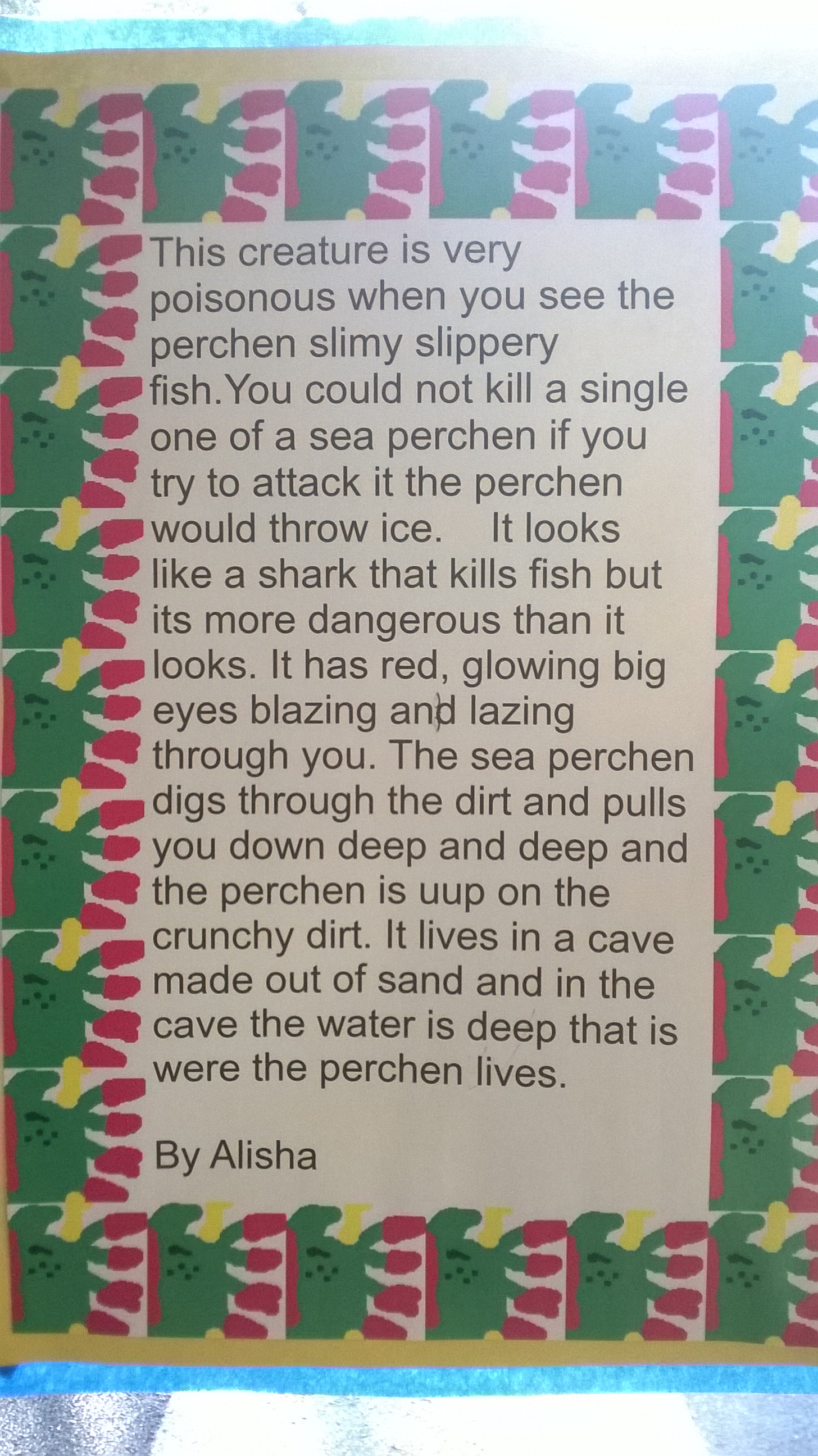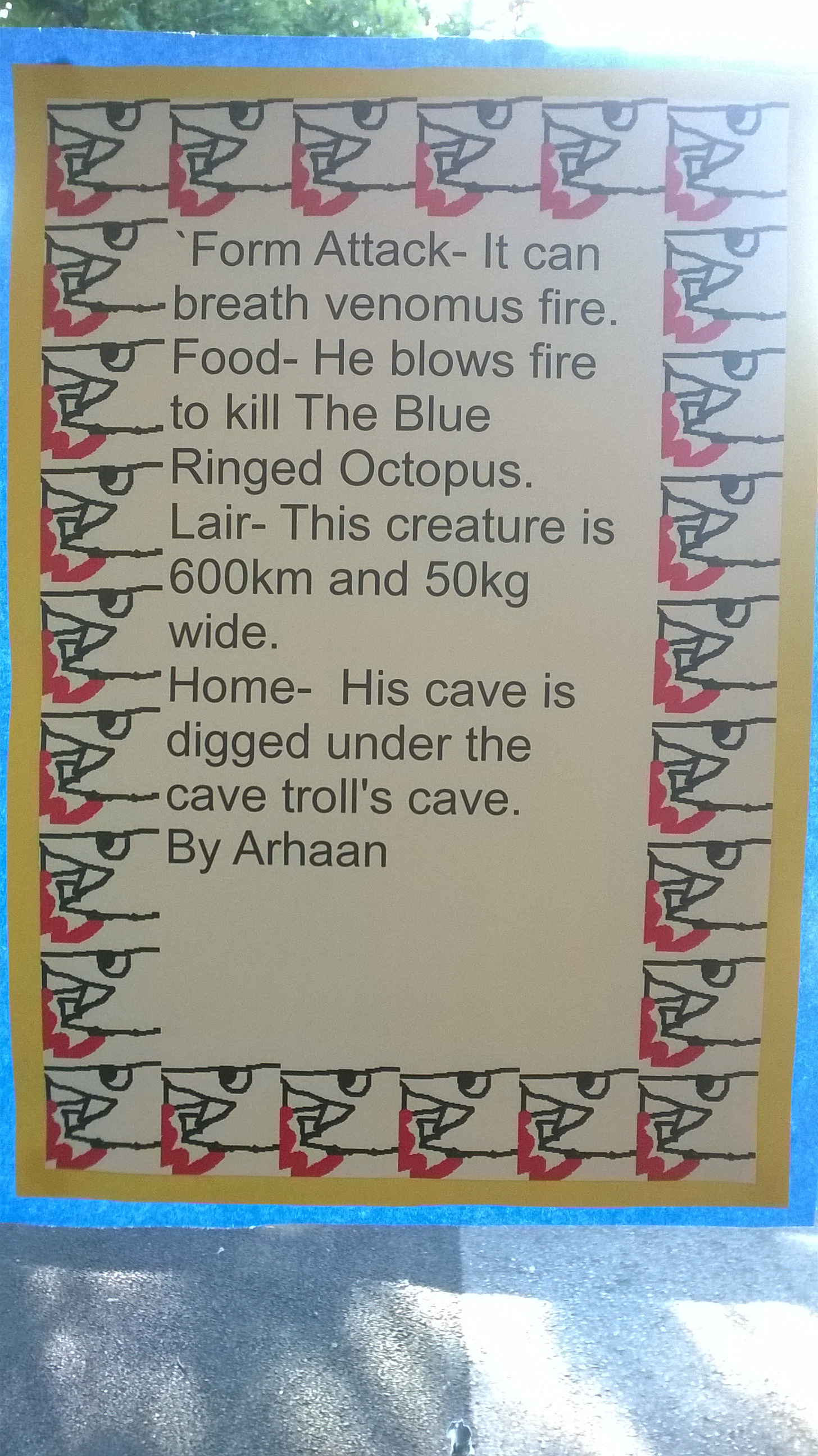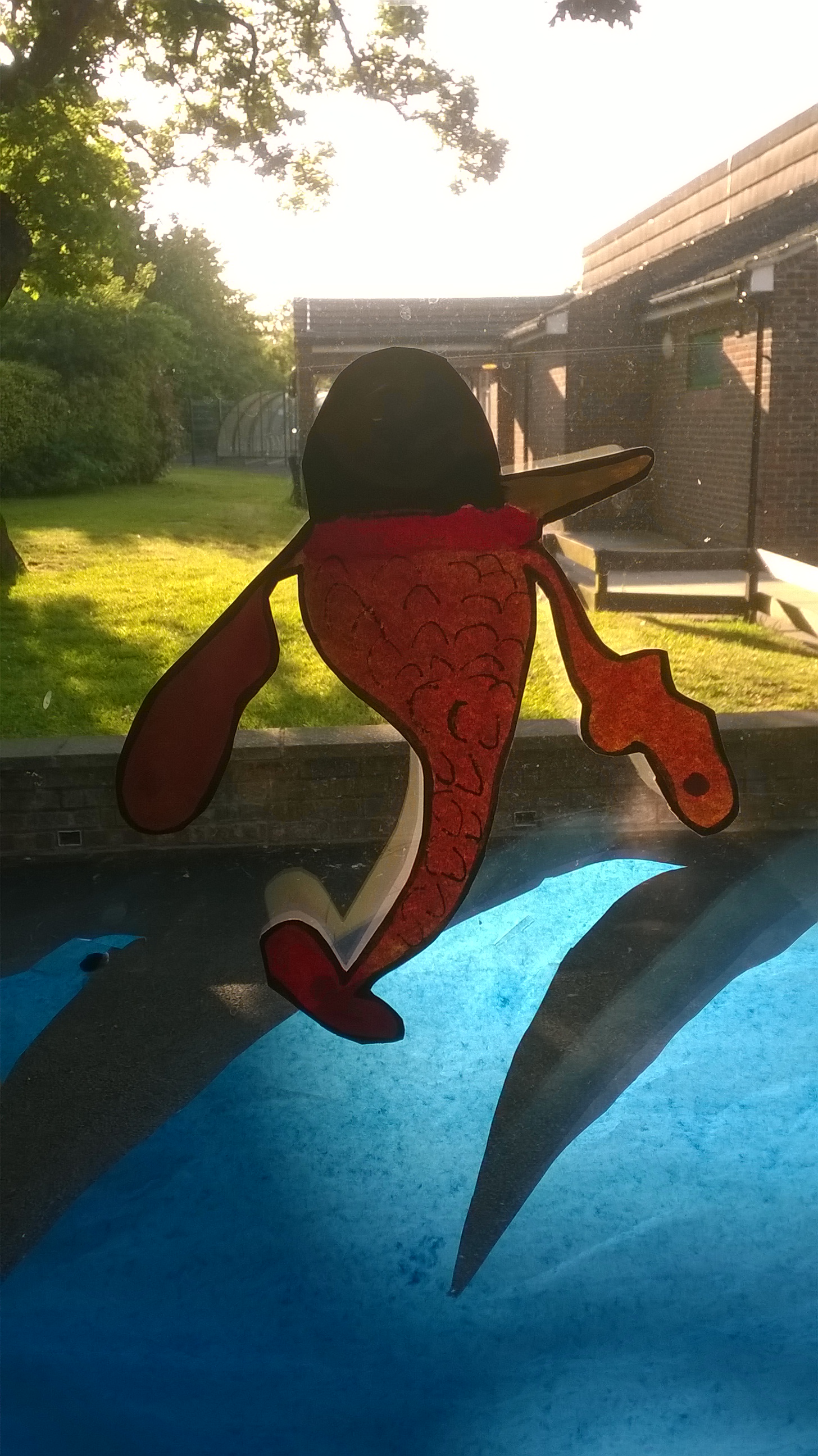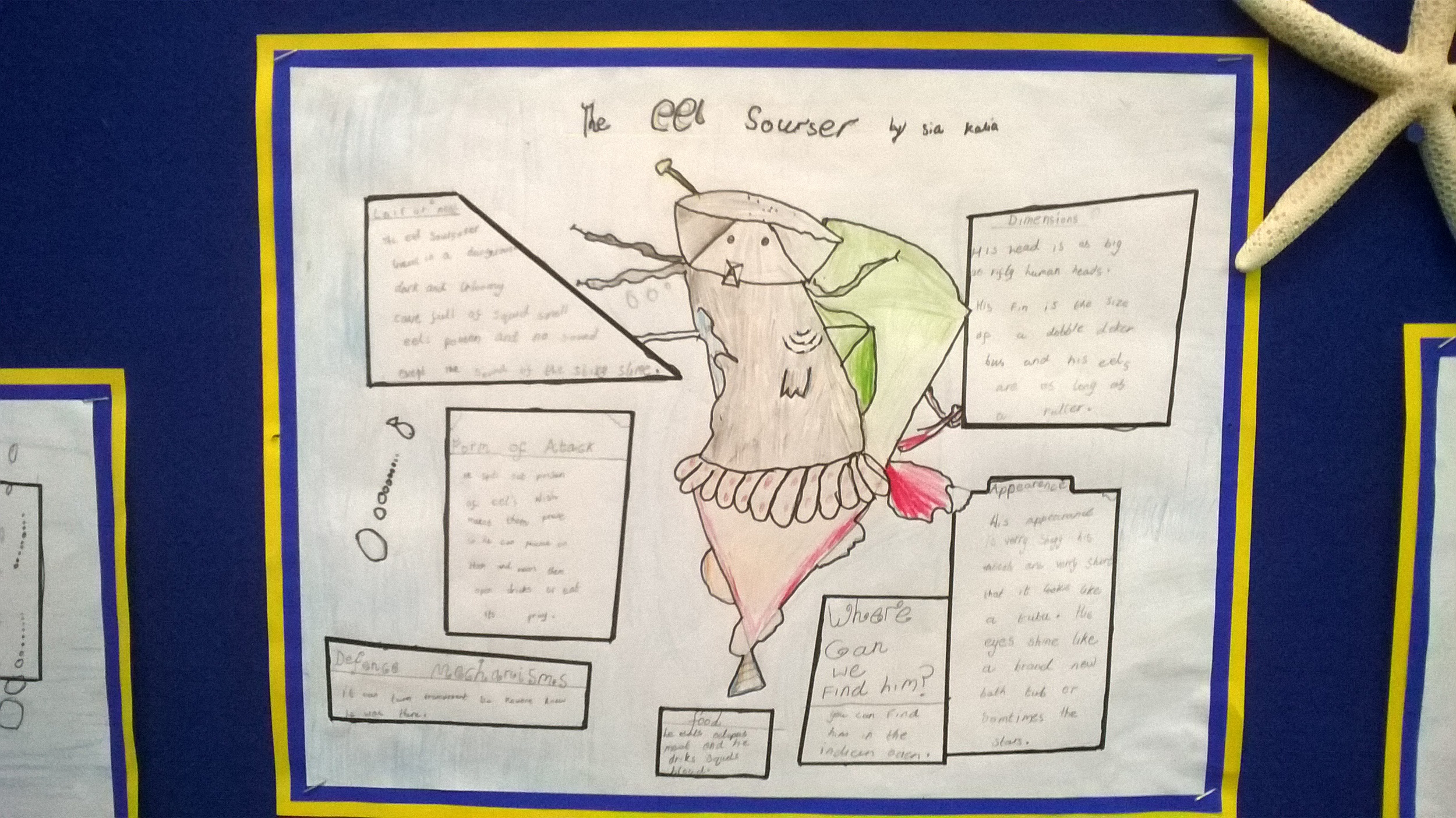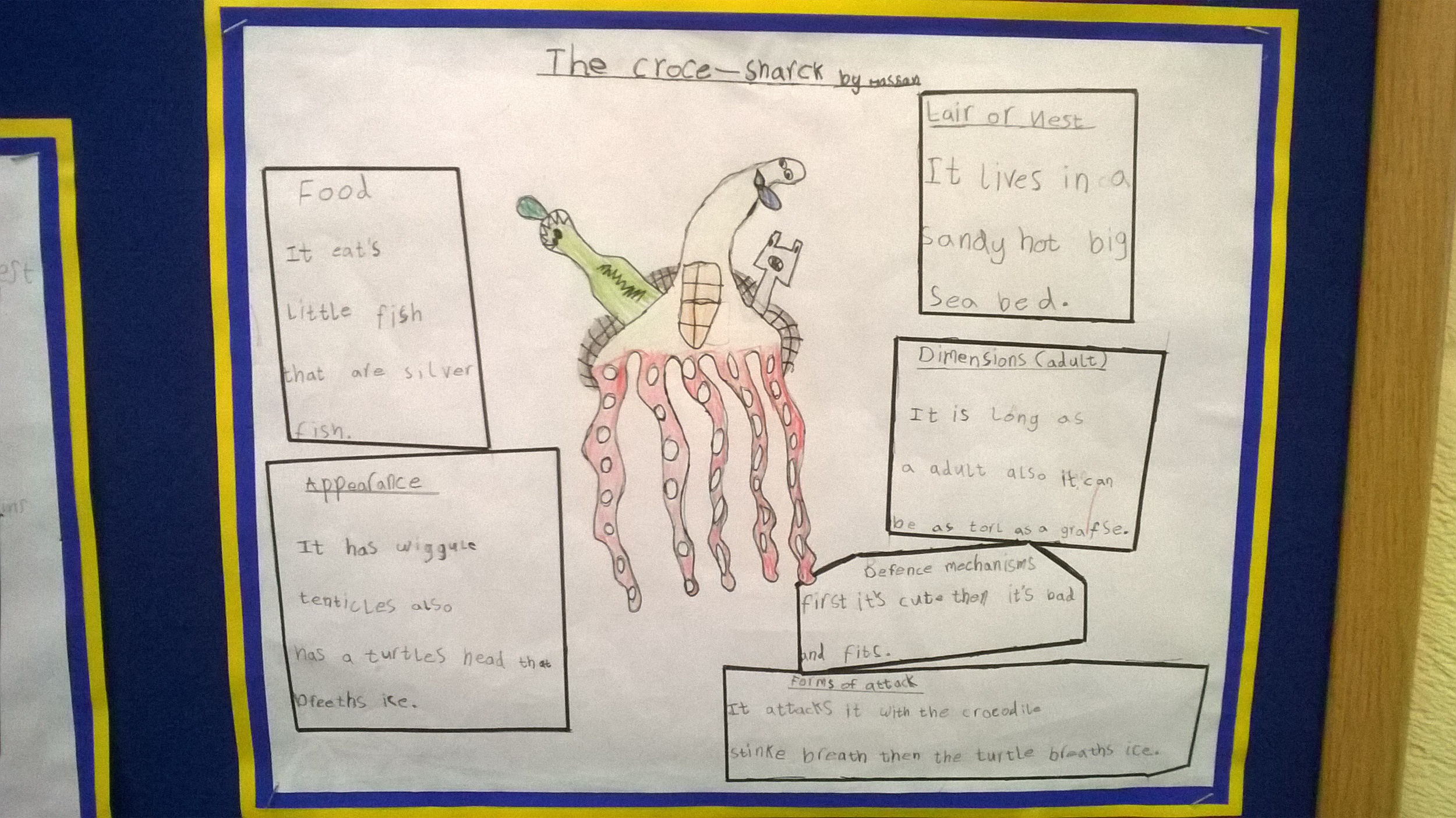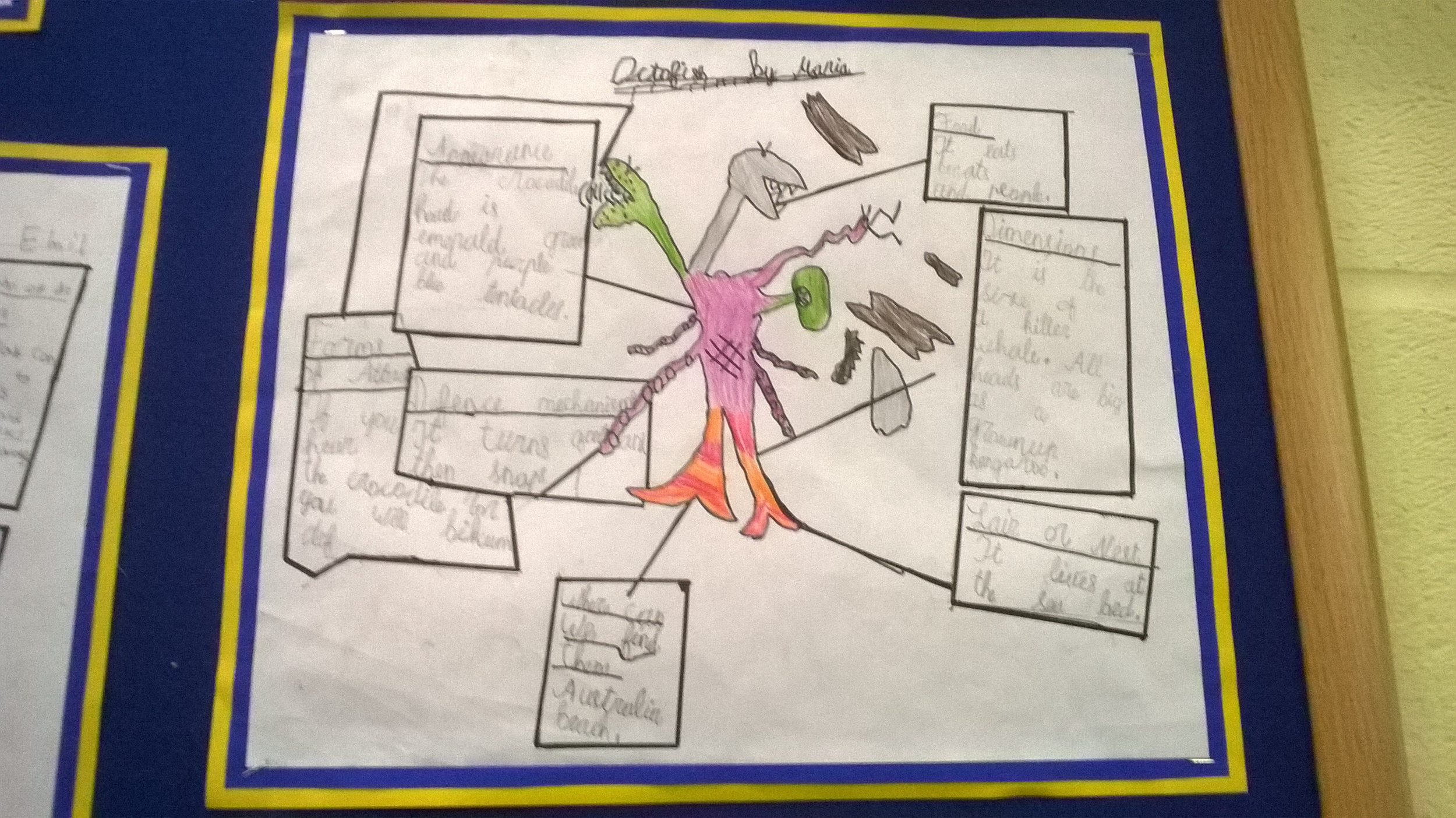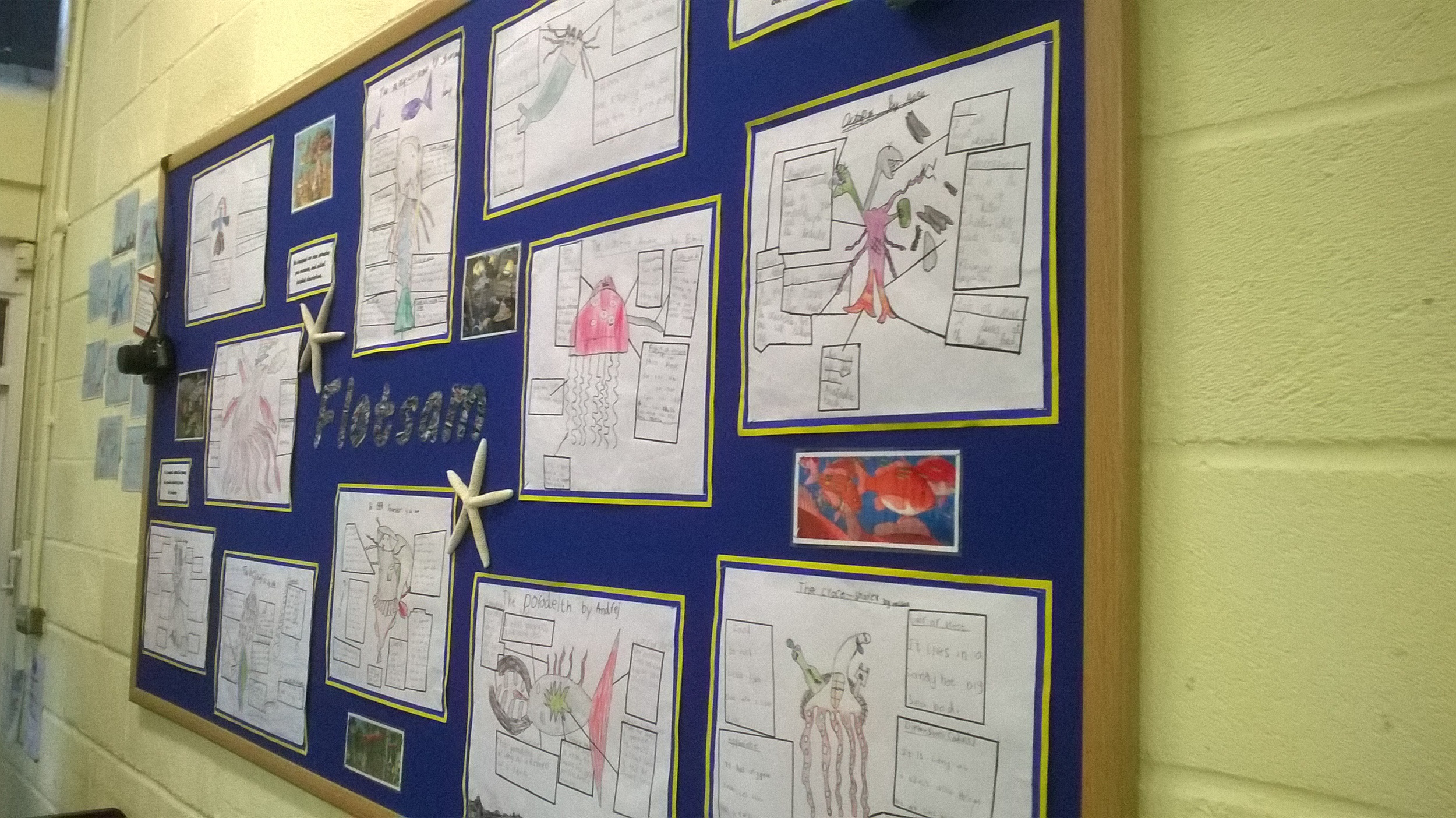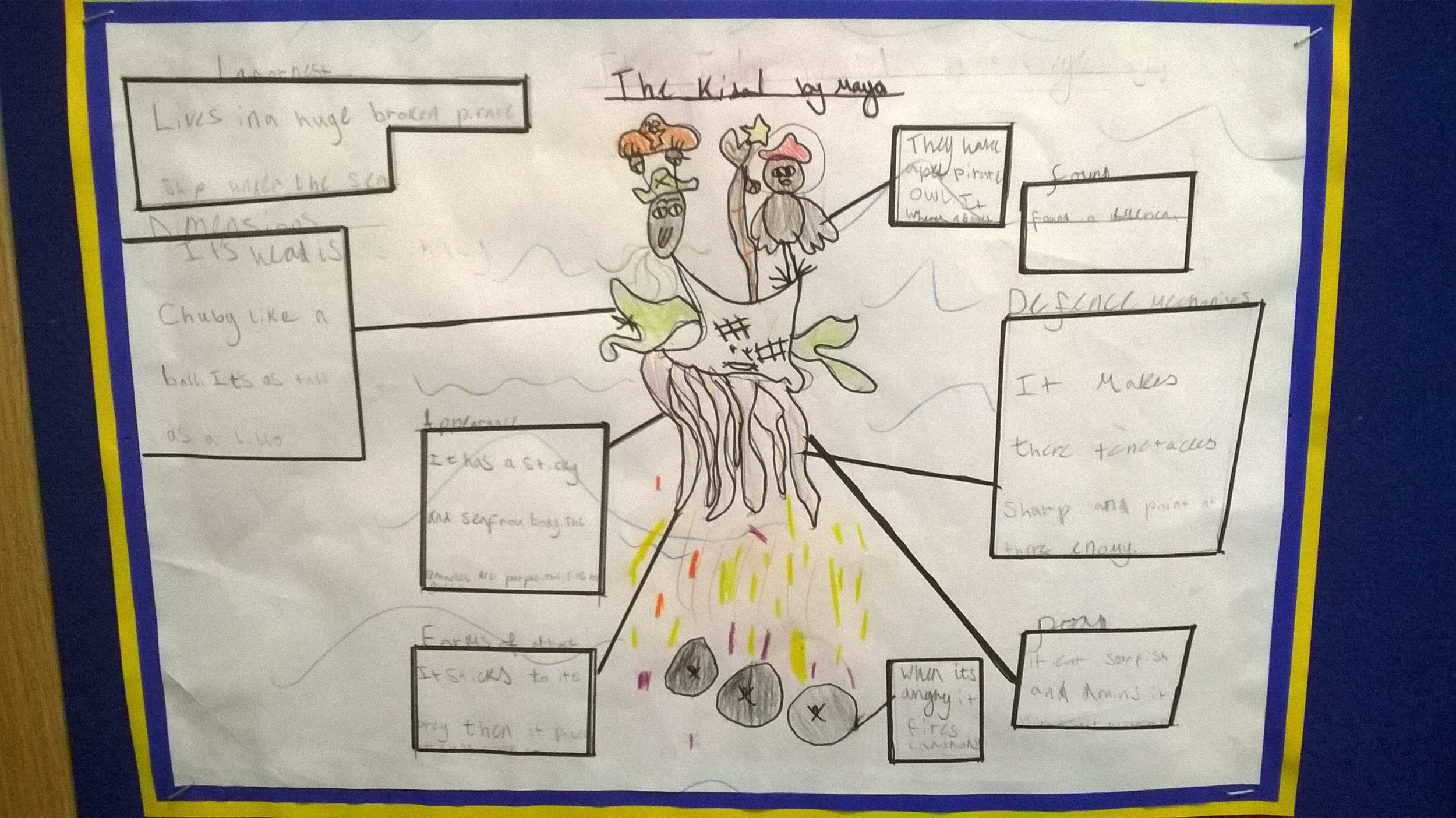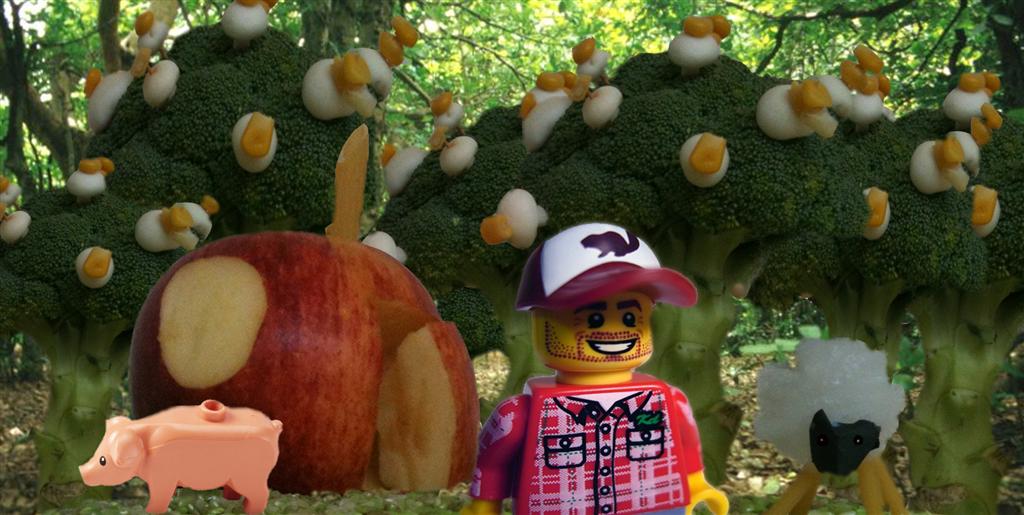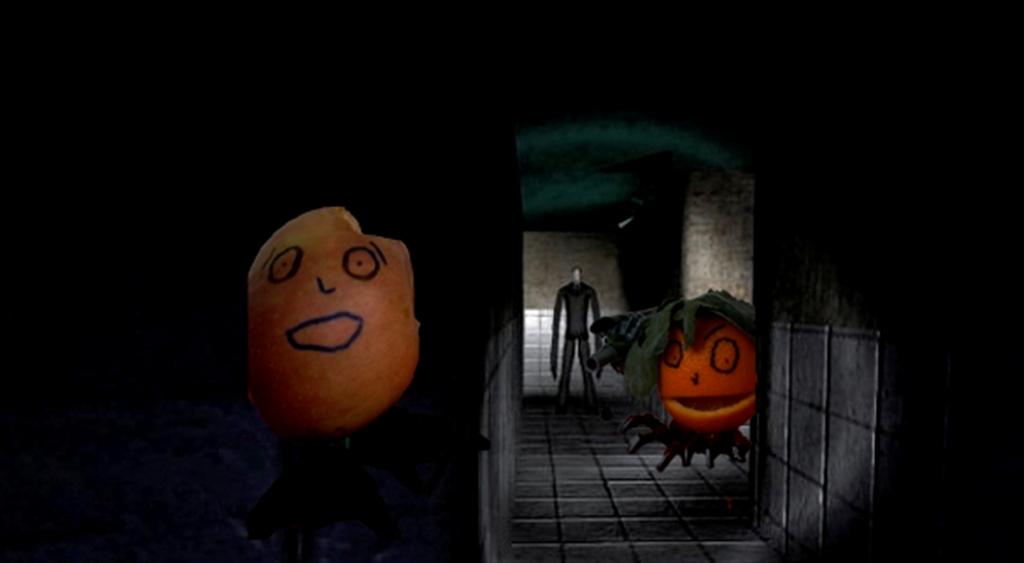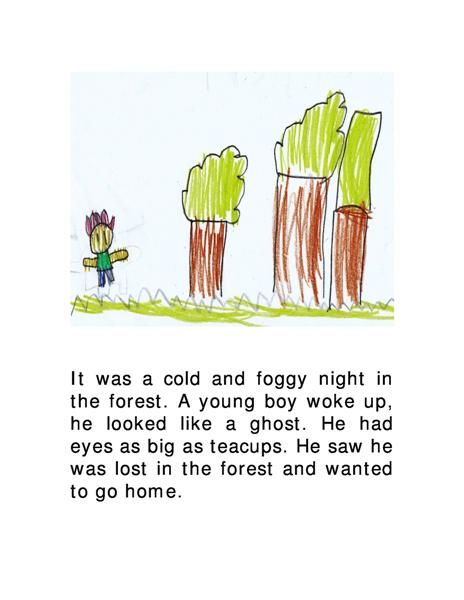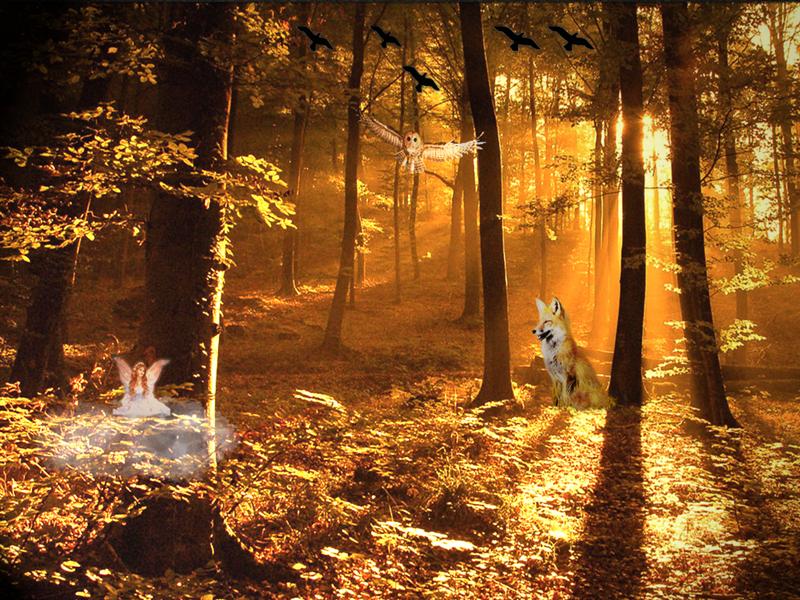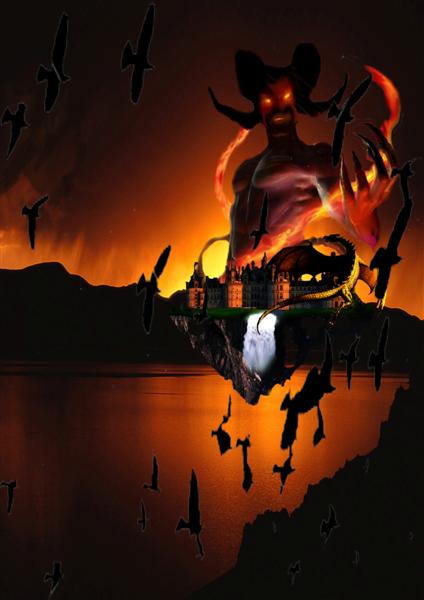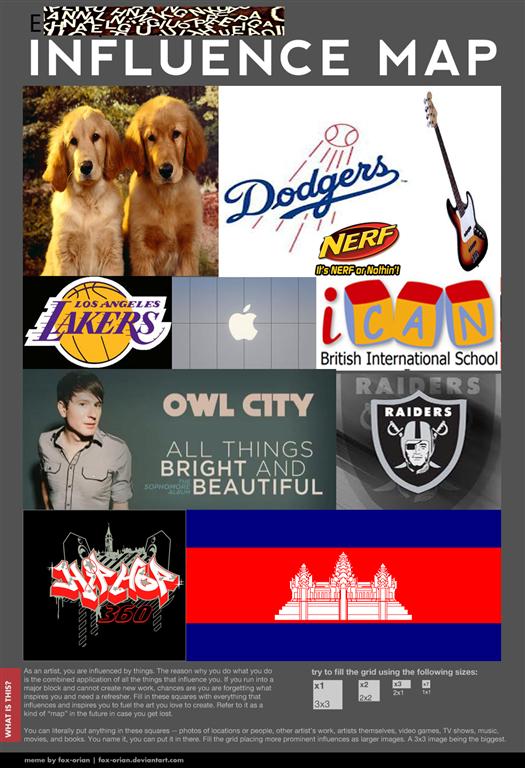Mixed media refers to an art form which combines various traditional art media e.g paint, ink, and sculpture. Pixel Art is the form of digital art which is created through the use of raster graphics software, where images are created on a pixel level. I have already spoken about pixel art and created lesson plans (linked below) but I thought it would be a great idea to combine pixel art with photographs.
Comic Writing
Comics and cartoons have been around for a long time and no-matter what the reading ability everyone enjoys them. Cartoons and comics are approachable because they combine both words and images. Children can draw, play and use their incredible imaginations to brings fantasy worlds and characters alive.
I have been into comics since I first read my friends Iron Man when I was 8, now comics are everywhere and have emerged from the cult into the mainstream with films such as The Avengers and Spiderman.
In my class I have used various comics, online comic creators and Comic Life to enthuse the children to make their own comics. We then published them on the school blog so children could download them and read their comics on their smart phones, tablets and computers. Here are the results!
Goosebumps are very popular books, the comic creator is suitably moody.
Raina Telgemeier has written a wonderful series of comics which are aimed at girls. I love them too though!
Some of my pupils work.
New School Year Mangatars
As a start to the new school year I like my pupils to leave a mark so that the classroom feels like theirs, I encourage ownership. One way of doing this is by creating a Mangatar (a Manga Avatar). For the uninitiated manga is Japanese comics and animation, some of your pupils might talk about Naruto, One Piece or Bleach- these are all manga. Manga is a distinctive art style which usually is characterised by big eyes, crazy hair and tiny mouths and noses.
I use faceyourmanga.com to create a mangatar and get my pupils to write their targets for the half term underneath. I usually have the mangatar laminated with a white space underneath so the pupils can write their targets, one we have discussed what they could be. It means as well as responding to feedback in books the pupils are also looking to fulfill their individual target too.
This is my mangatar, looks a lot like me I think!
I usually print screen the mangatar from the website, paste it onto Word and enlarge it so that it fits an A4 page. Have some fun with your class and see what they com up with. Oh, a word of advice... don't let your pupils use masks, gadgets or tattoos as they feature smoking and the 'finger.' Otherwise have fun!
Little Planets in Photoshop/GIMP (Image Manipulation)
I don't know about you but in my more megalomanic dreams I've ruled the world. Now I know this isn't possible, mores the pity, but I have figured out a way to create my own world by using Photoshop and GIMP, the image and photo manipulation and editing software. Photoshop is quite pricy but is the worlds leading software in the field, however GIMP is free and does an amazing job too.
Within a few minutes you could create an amazing planetoid, similar to the ones seen below or like the ones in Mario Galaxy.
To create these wonders of the world just follow my guide and pretty soon you have have your own world, created by your fair hands. Here are a few examples of the planets I made with a step by step process. If you follow my link at the bottom of the page it will take you to my lesson plans and guide on TES.
Endless Ocean Inspires Sequence of Literacy Work
Computer games are a relatively new media and there are storytelling elements contained within. Using computer games we can immerse ourselves in these worlds, interacting with the storytelling. We can become active participants rather than passive observers.
When planning our new lessons on the theme of 'Beside the Sea' I remembered playing the game Endless Ocean. I knew that the game would be perfect for our sequence of lessons as it was so open ended, the sandbox gaming would lend itself perfectly to providing great learning opportunities.
Games mechanics are built upon a marriage of narrative and gameplay. Stories are fixed designed experiences whilst computer games let players change things, even when it’s simply walking across an island like in Dear Esther. Eschewing traditional gameplay mechanics this interactive world immerses and engages the player through the use of amazing visuals, beautiful audio and wonderful prose. What I have learnt through game based learning is that neither the game nor the story contained within, are that important but rather it is how you use the game.
As a teacher we can use games to provide children with a deep emotional and exciting experience. To contextualise the learning I planned a sequence of lessons using the wonderful picture book Dougal's Deep Sea Diary. The book contained a simple narrative of a salary man going on holiday and finding Atlantis. To immerse the children in the world of diving I used the book alongside Endless Ocean. The computer game allowed the pupils to become stimulated and engaged. Over the two weeks in Literacy the children created adverts for the imaginary island of Manuarai, wrote diary entries, newspaper reports and wrote poetry. I also incorporated D and T into the sequence of plans and got the children to create dioramas of the underwater world. I have shared some of the work here with you below and if you have been inspired by all this, download the plan and use it yourself!
Mythical Beast Creation Using Monsterology
The word myth comes from the Greek word 'mythos' which means 'to tell a story'. Myths are the oldest and most powerful of all story forms, they were usually passed on through spoken word as books had not yet been invented. They often carry an important message for a culture or group, their function was to explain, to teach lessons, and to entertain.
Myths are stories that give people a relationship with the universe, the passing of time, and with their environment. Some myths give the official view of creation, others are a way to explain natural events.
Every culture has its own myths that are centuries old and even now through various mediums the creatures and monsters from myths and legends emerge.
For a certain generation of people the name Ray Harryhausen is synonymous with myths and legends. the mention of his name conjures up many images of wonderful creatures. Ray Harryhausen was a legend, a genius, an artist, a filmmaker, a magician, but more than all of that he was an inspiration. His work has inspired many generations including such luminaries as James Cameron and Steven Spielberg. Harryhausen showed us that even as adults, we could play with monsters and get away with it. Harryhausen created 'Dynamation' (stop motion using silicon figures he created), the technique he used to create such matinee classics such as 'Jason and the Argonauts' and 'Clash of the Titans'.
The amazing scene where Jason battles the Skeletons... when I first saw this I was in awe! This is one of the defining moments of cinema in my opinion.
Using the work of Ray Harryhausen as inspiration, we created a sequence of lesson plans for the 'Myths and Legends' unit of Literacy work. We also used the wonderful book 'Monsterology' to ground the work in information text style writing.
The Monsterology book is fascinating, it presents the mythical beasts and creatures in an information book form.
The layout of the pages is interesting and there are often flaps, swatches of materials which are the 'skin' of the animal and maps of where they live.
Below are examples of work achieved in year 6 using this sequence of lesson plans. Also in my year 2 class we modified the lesson plans and achieved great results creating an underwater mythical beast. To link with our 'Flotsam/Beside the Sea' lesson plans (check out the links below to go to those lesson plans and examples of work created).
Flotsam and Information Text Writing
I love picture books, they are an amazing resource as they use visuals to tell a story, as a result they are accessable to pretty much everyone. The images in picture books can use a range of media such as oil paints, acrylics, watercolor, and pencil, among others to tell their story. Over the last few years we have been spoilt for choice where picture books are concerned, with celebrated authors including Shaun Tan, Oliver Jeffers and David Wiesner. When jumping into our new topic of 'Beside the Sea' with our year 2's we chose David Wiesner's Caldecott Medal Winning book 'Flotsam' to entrance and engage our children.
Using the book as inspiration the children created their own mythical sea creature, drawing and painting them for display.
They then wrote descriptions for their creature, describing its features and key information such as what it ate, where it lived and how to befriend it.
Finally, the children created an information page, usually found in non-fiction books. The work they created was amazing and I'm sure you'll agree, very exciting!
Green Screen App Brings Finger Puppet Show Alive
'Green Screen' has been around for years, it's the effect that makes actors look like they're floating in space or fighting aliens. Most commonly it is used in weather reports where the presenter stands in front of a green screen and discusses the graphics that move on the screen. In the past 'Green Screen' has been expensive but with this ipad app by Do Ink for £1.99 it has never been easier or cheaper to enjoy this effect!
In my class we have been creating playscripts and the children performed the play using finger puppets. The background was put in after we filmed the performance, the children found a creative commons image on the internet and using the Chroma tool (matching the background to the green screen colour of the background) brought the story alive by giving it an appropriate setting. The effect is simple and with more time and care the results could be much more professional but for this performance the result is good enough for the children to share with their parents on the Fronter page.
I would recommend the Do Ink Green Screen app as I can see many uses for it in the future. The app added a whole new dimension for the children in my class in year 2 and encourages play.
QR Codes to Share Work
A QR Code (it stands for "Quick Response") is a mobile phone readable barcode that's been gaining in popularity over the past few years.
In its simplest sense think "print based hypertext link" - simply encode a URL into the QR Code and then point a mobile phone (or other camera-enabled mobile) at it. If the device has had QR Code decoding software installed on it, it will fire up the browser and go straight to that URL.
But it doesn't stop there - a QR Code can also contain a phone number, an SMS message or just plain alphanumeric text, and the scanning device will respond by opening up the correct application to handle the encoded data appropriately courtesy of the FNC1 Application Identifiers that are embedded in the encoded data.
I thought that often we have a reception area in schools where parents and guests are waiting and having QR codes up on the wall would give the visitors something to do whilst waiting. The QR codes used in this display link to book reviews which the children created using Weebly. It is a fun and simple way to encourage visitors to just scan one of the QR codes and read the reviews, this does away with linking into Fronter or other MLEs and is simple and intuitive. I have created a QR code to a book review that I have created. Why don't you download a QR code reader on your mobile or tablet (they're free) and give it a try?
Scan these QR codes to see what is possible. I'm hoping to introduce QR codes across the school as a way to encourage multilingualism, so everyone can access the displays and work that the children produce.
Here is a few QR codes I have created, give it a try and see where it takes you!
Kinetic Typography In Poetry- by Anjum Razaq
Kinetic typography is an animation technique that mixes motion and typography to express ideas. In animations the text can fly, grow, expand and change in order to empower the message it is telling. It is impressive how a simple text with the right tone, pace and use of typography can evoke emotions and help the viewer concentrate more on what's being said and understand it better. We used Adobe After Effects to create Kinetic Typography for the poems the children had written in Literacy, thinking about the figurative language being used and how to convey this through type and motion. Here are a few examples that I like, I obviously didn't use the Inglorious Basterds one in class though, I just like the effects shown!
The work is impressive but took a while to produce as After Effects is a complex industry standard software, used in Hollywood as well as advertising across the world. Kinetic Typography can be achieved using Powerpoint and is quite effective although less impressive and comprehensive, however as a software most schools will have it is easy to achieve and cheap! Give it a try to liven up the children’s work! Meanwhile here is an example of the work one of my year 8 pupils did, not bad for a few hours work! The lesson plans are located in the 'lesson plans' tab and resources are in the 'dropbox' account... use them as you will!
Dear Photograph- by Anjum Razaq
'Dear Photograph' is a simple idea done oh so right. To quote the website banner, 'Take a picture of a picture, from the past, in the present'.
You take an old photograph and go back to where the photo was taken, holding up the old photograph to show the transition of time. I think as teachers we could use the idea of 'Dear Photograph' to show our pupils how things have changed over time and get them to reflect on this. It would be a very useful part of the Geography unit 'Where We Live', the unit about the local area. I did the 'Dear Photograph' below, have a read!
Dear Photograph,
I remember those long Summers spent in the park with my friends and brother playing cricket and football from the early morning until the late afternoon. The days seemed longer then and the times simpler... I miss the freedom and time we had back then; the future seemed limitless. Good times, good times!
Love Anjum
I was looking through my old family photo albums and came across this picture which I think was taken in the early 90's, I would have been around 10 or 11 then. I've done my reflection on the photograph and I have to say it brought back waves of nostalgia. Give it a try yourself and see which photo speaks to you from your family album!
Foodscapes with Mixed Media- by Anjum Razaq
At first glance the pictures look like beautifully created landscapes including verdant grass, luscious waterfalls and ominous looking mountains. However closer examination will show you that these are not paintings at all but wonderfully arranged food items carefully and precisely photographed. These pictures are the work of the London based artist Carl Warner who specialises in food landscapes.
Using Carl as an example the children in year 9 made food art or ‘foodscapes’ if you will, using the techniques practiced by Carl Warner. The children had to think carefully about their composition and lighting. Once the food was photographed (thanks Charli) the children then went about manipulating and editing the images in Photoshop to create some wonderful landscapes. Here are a few examples of the children work. I’m sure Carl would be very impressed, I am! This sequence of lesson plans could easily be adjusted for younger year groups and once children have a basic knowledge of Photoshop there is nothing here that is overly complex, but it does help to develop knowledge of composition.
Animation Using GoAnimate- by Anjum Razaq
Animation is a fun way for children to express their ideas through a medium that blends art, storytelling, drawing, illustration, design, graphics, sculpture, acting, staging, art directing and filmmaking into one amazing form capable of transforming its creators into magicians. Animation is unbounded by time or reality. It brings to life visions and ideas that are the artist’s creation, limited only by their imagination. With this in mind GoAnimate is a fun software used in-browser that lets you make animated videos for free. Animations can be made in as little as 10 minutes and you don’t have to worry about drawing as it has pre-made characters available, you can create your own cast of characters but will have to become a paying member. There are a variety of packages available but we used the free option which had the limited characters but was more than enough for what we had in mind.
A wonderful and easy animation creation software, and it's all browser based too!
The children were given the task of creating an animation for Halloween. Each pair of children created their own account and their videos were kept private until they had finished and then made public. The children felt very excited as their work was published online and they could share it with the world. To publish on YouTube you have to be a paying member but for our purposes we just placed the links to the videos on our school website. Here are a few examples of our work which were created by children aged 11. Enjoy!
LINK- TES lesson plans
E-Publishing Childrens Work on Kindles, ipads, Tablet and Mobiles
Electronic Publishing (or e-publishing) is fast becoming the most common method to distribute books, magazines, and newspapers to people. The explosive growth in tablet reading devices, an environmentally aware society and the prevalence ofonline vendors such as Apple's iTunes bookstore, Amazon's bookstore for Kindle, and books in the Google Play Bookstore has seen the e-publishing marketplace grow at a remarkable rate. In the UK in 2012 e-book sales were 89% higher than in 2011, totaling £145 million, but physical book sales totaled £982 million, i.e., almost seven times as much. In America the number of e-books bought were significantly higher due to the higher number of adopters with tablets.
What I am interested in is the fact that most schools have not taken advantage of this technology to any great effect. We live in the current climate of cutbacks across the public sector, schools have had their budgets slashed and one of the real implications are for resources. In England we have had a huge wave of people from Europe come into the country with little or no English. Yet the dual-language books are very expensive or difficult to find. Why not use the best resource we have, the children in our classes to make their own books in other languages and why not make these books freely available and easy to download?
With my mind set on changing the status quo I got my children to e-publish their stories and made their stories available through our school blog as well as through the use of QR Codes around the school building. This led to an increase in dual-language books being available across the school and didn't cost us a penny!
Publishing children's work onto the Kindle is great for their self esteem.
Since starting on this initiative we have over 24 books available on our school blog and next academic year we hope to increase this further. To make identification of the language easier you can use a variety of different QR Code image makers, so you could end up with something like this:
You can add an image behind the QR Code so it makes the language easier to identify.
Here are a couple of dual-language books my children have made. Hope you enjoy them!
Game Designing With Sploder- by Anjum Razaq
Sploder is an in-browser game creation software that runs in flash. It is free to join and a great tool to teach the basic of game design.
The website has the following as its Mission Statement:
We aim to create a place where young people can express their creative ideas and reward each other through positive feedback and encouragement. With our diverse set of game-making tools, members can discover many different ways to design game levels, make stories with narratives, and challenge themselves and their players.
We believe that the world can be changed by creative people who use their minds to make the world better. By offering a place where people are rewarded for creativity in the context of games and play, we hope to point them toward a path to a more creative future.
As a mission statement this is great and really appealed to me, as the games are simple to make offering 5 game creation options. Sploder regularly updates their games and the in-games tools are updated occasionally.
Sploder is an excellent tool for teaching the basic of simple game design but the site is not perfect for children. Once a game is published people can comment upon it and not all the comments are polite and constructive. Also as a teacher there is no way to batch create username and passwords, as a result I had to create each account individually which took a fair amount of time. All accounts have to be linked to an e-mail address, which I did not want to do due to e-safety issues, so I created faux e-mail addresses which worked well as it doesn’t ask for a confirmation code however this does mean that if that passwords can’t be retrieved via e-mail so I would advise keeping all usernames and passwords stored somewhere in a Word document! Sploder is a wonderful teaching tool but as a drag and drop game making site there are limits as to what can be produced.
The retro arcade game creator is a simple platform creator.
The children were tasked with making either a platform game or retro arcade game. I had the children working in pairs as I felt they could work together to solve problems and support each other. They worked carefully and produced some wonderful games which I have linked below.
Give it a go, see
what you think and maybe create your own!
Using Limbo as a Story Starter- by Anjum Razaq
Limbo is an indie game which was released on Xbox Live Arcade in the Summer of 2010. In the game the player guides an unnamed boy through dangerous environments, to what end.... is revealed later. The game is beautifully presented in monochromatic black and white tones with filters and lighting effects to add to the mood. The soundtrack is sparse and minimalist to add to the eerie atmosphere. There is no onscreen HUD (Heads Up Display) and so the game is an immersive experience. The art style is reminiscent of the great Lotte Reiniger and German Expressionism, leaving a lot up to the viewers imagination.
As a gamer I was in awe of the game and even though the game features traps, buzz saws and other inappropriate content later on the first few minutes or so of the game are an excellent story writing stimulus and is safe to use. I planned a sequence of lessons with some EAL children to develop their vocabulary, specifically their use of adjectives. The lessons took place once a week over 4 weeks, in which time we listened to the ambient soundtrack, watched my play-through of the first few minutes of the game (using careful editing I avoided any inappropriate material) and wrote the story in draft and then types and illustrated it. I converted the finished file into a pdf. and placed it on our school
website so that parents could put it on their Kindle, ipads, iphones
etc. Here is the work we produced.
LINK- TES lesson plans
Morris Lessmore App as a Writing Stimulus for EAL children- by Anjum Razaq
The Fantastic Flying Books of Morris Lessmore is an Oscar winning animated short and app for ios. The short was shown in 2011 and received great critical acclaim for it's simple but beautifully told story of a man's journey from the mundane to fantastical in premise similar to The Wizard of OZ. In year 4 teachers used the app to support the Literacy topic of stories set in imaginary worlds. The teachers used the app to engage the children first, connecting the iPad to the IWB, that way they could either read the story aloud or have the programmed narrator read the story. Once engaged the children had an opportunity to play the mini games contained within he app, as well as the usual swiping and pinching there are some other activities such as playing the piano, creating words using alphabet cereal and writing and seeing the letters float away in the breeze.
The children then thought about their hobbies and what they were interested
in and planned a scenario for their story. After initial planning they began to
write their stories and the work they produced was great. However I want to
share the EAL work here as I feel that this is the most interesting. The Morris
Lessmore app was a great way to engage the EAL children as the images and
animation connected with them, even if they didn’t totally understand the
narrator. These EAL children created a bi-lingual story, using their home
languages and English to create wonderful stories. I have placed two stories
below, have a read and see what you think! (thanks go to Jeanette Haywood, the teacher who led the sessions and whose children produced the following work)
I have placed a one-off lesson plan in the 'lesson plan' tab above, use and enjoy!
Fantasy Landscapes Using Photoshop- by Anjum Razaq
Creating fantasy artwork requires a lot of imagination as well as expertise in softwares which are used to create such amazing pictures. Anything is possible; whether it’s a demons lair, a floating castle in the sky or even an old witch in the woods. However to know how to use the software well enough in order to achieve these images is daunting and very little software is as daunting as Adobe Photoshop. Having been the industry standard for over 25 years being an expert in Photoshop takes a lot of practice and time, but I wanted to be able to use it to a good standard to teach it to my pupils. I used a variety of video tutorials and written guides I found online and practiced for a few hours over the summer until I felt I was confident enough to teach the children, this with no prior experience with the software at all.
As teachers we want our children to be creative and imaginative individuals. We use a variety of ways to encourage our pupil’s artistic side including images, books and music. However often the children will think of common ideas they have read in books, seen in films or even played on computer games. In those media the characters may be well rounded and have personality but often the children will insert a character they know and assume you will know their back-story and history through a process of osmosis. I’m sure we have all been there, marking a writing assessment when a famous character pops up- be it James Bond, Harry Potter or Master Chief! The name drop aside many of the characters in the children’s stories are one dimensional ciphers with very little personality or characterisation.
I thought that if the children could create an image of their story world using high end tools it would encourage them to make a more consistent, deeper and richer world. In year 7 none of the children had used Photoshop at all. I introduced the children to the basics of Photoshop using the Influence Map lesson plans I created for year 8. The children were then asked to find a wide variety of images they wanted to use for their fantasy landscape and use the tools taught to them to create a fantasy setting. I taught some of the more complex tools including layer masks, opacity, colours, curves and filters. This is the result after 6 sessions with Photoshop and I think you’ll agree that the work produced is very impressive.
Pixel Art in Illustrator- by Anjum Razaq
To people of a certain age the high point of pixel art was the 80’s and 90’s. Pixel art was brought to the mainstream with the release of game consoles in the early eighties and reached it’s zenith in the 90’s. These decades saw the rise of computer games, but as the years went by and the computers became more powerful pixel art became replaced with more polished and smoother graphics and textures. However in recent years there has been a renaissance in pixel art, fuelled in part by retro geek-chic but also by smart phones and other digital devices that allow classic games from bygone eras to be played on the go. Pixel is back baby!
Those 8-bit and 16-bit graphics we all loved back then often evoke feelings of nostalgia and take us back in time. Nostalgia aside, pixel art is a wonderful art form in its own right and many of us have come to love it. With so few pixels to work with pixel artist’s had to make each one count and count they did, there are many iconic images that are seared into gamers consciousness. The recent rise in the indie game scene has seen many new studios and indie developers using the pixel art style to create their games as it compliment their work and makes game production more accessible and financially viable. To this end I created a series of lessons where the children had to produce graphic illustrations using pixel art as their inspiration. When creating the lessons I was pleasantly surprised by how many of the children could identify the various old-school pixel art computer characters, the children easily identified such icons as Mario, Pacman and Sonic but the more obscure icons such as Samus Aran and Donkey Kong were quickly recognised too. Pixel art will feature heavily in our game creating sequence of lesson plans later in the school year but for the meantime here are some examples of the work the children did.
Influence Maps- by Anjum Razaq
I am a huge fan of Deviantart and came across the meme called the Influence Map, where you fill in various sized squares on a gridded template with various things that influence you as a person. You can literally put anything in these squares-- photos of locations or people, artist's work, computer games, TV shows, music, movies and books. You name it, you can put it in there. Fill the grid by placing more prominent influences as larger images. These are all personal and not all the choices are obvious, but I did limit the children to just one computer game and one cartoon otherwise you don’t get a nice mix of influences.. It is a fun activity and great as an introduction to Photoshop. I used this to teach myself some of the Photoshop basic and once confident I did it as a lesson with the children. For those people who do not have Photoshop there is a freeware available that does the same job called gimp, download and enjoy!
Here are a few examples of the work I and the children did:
